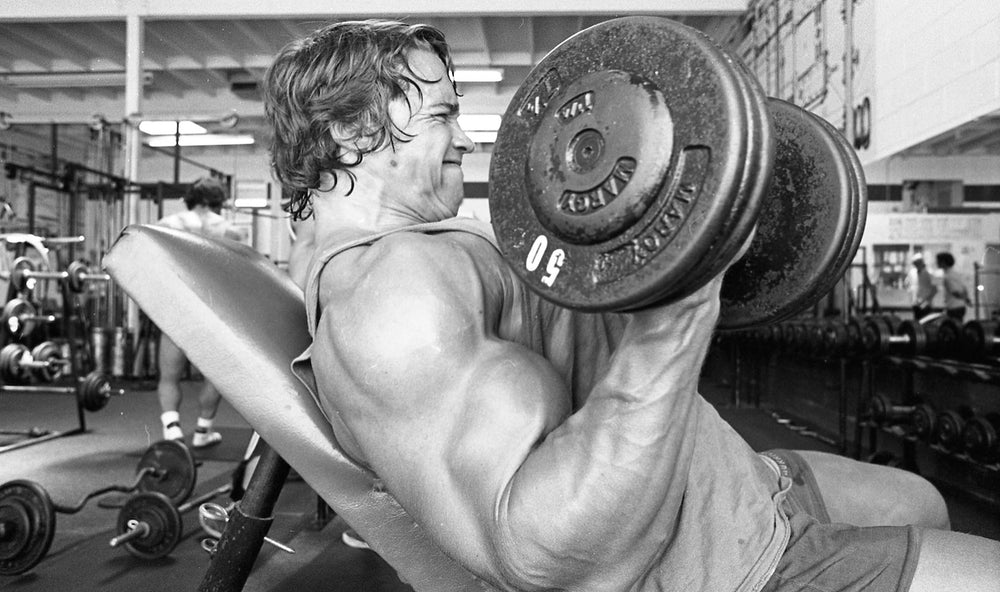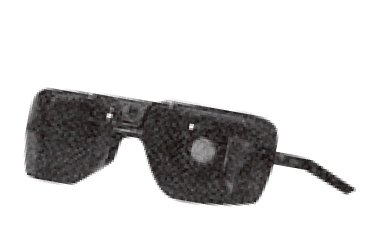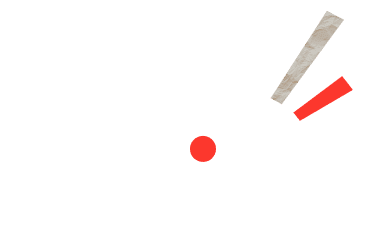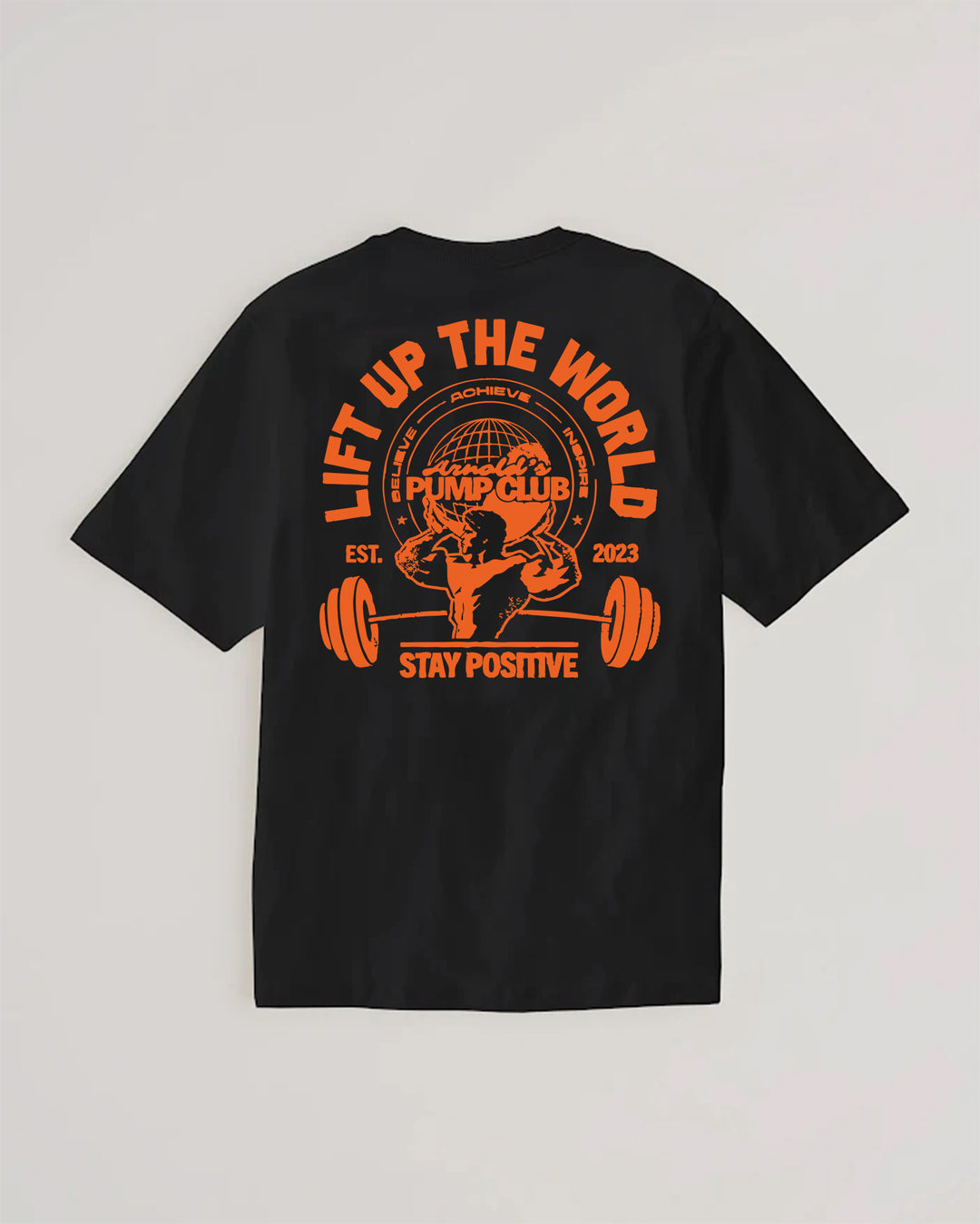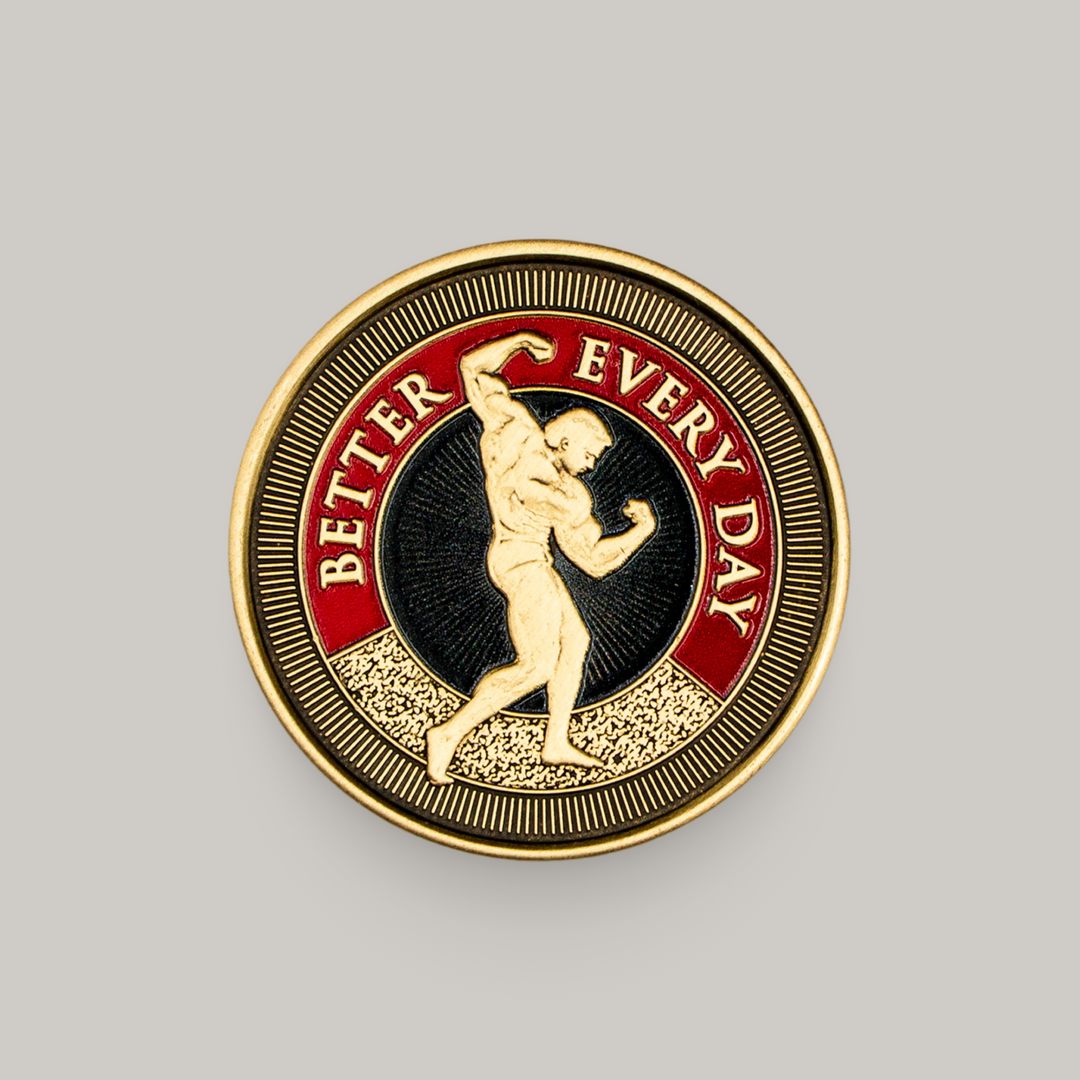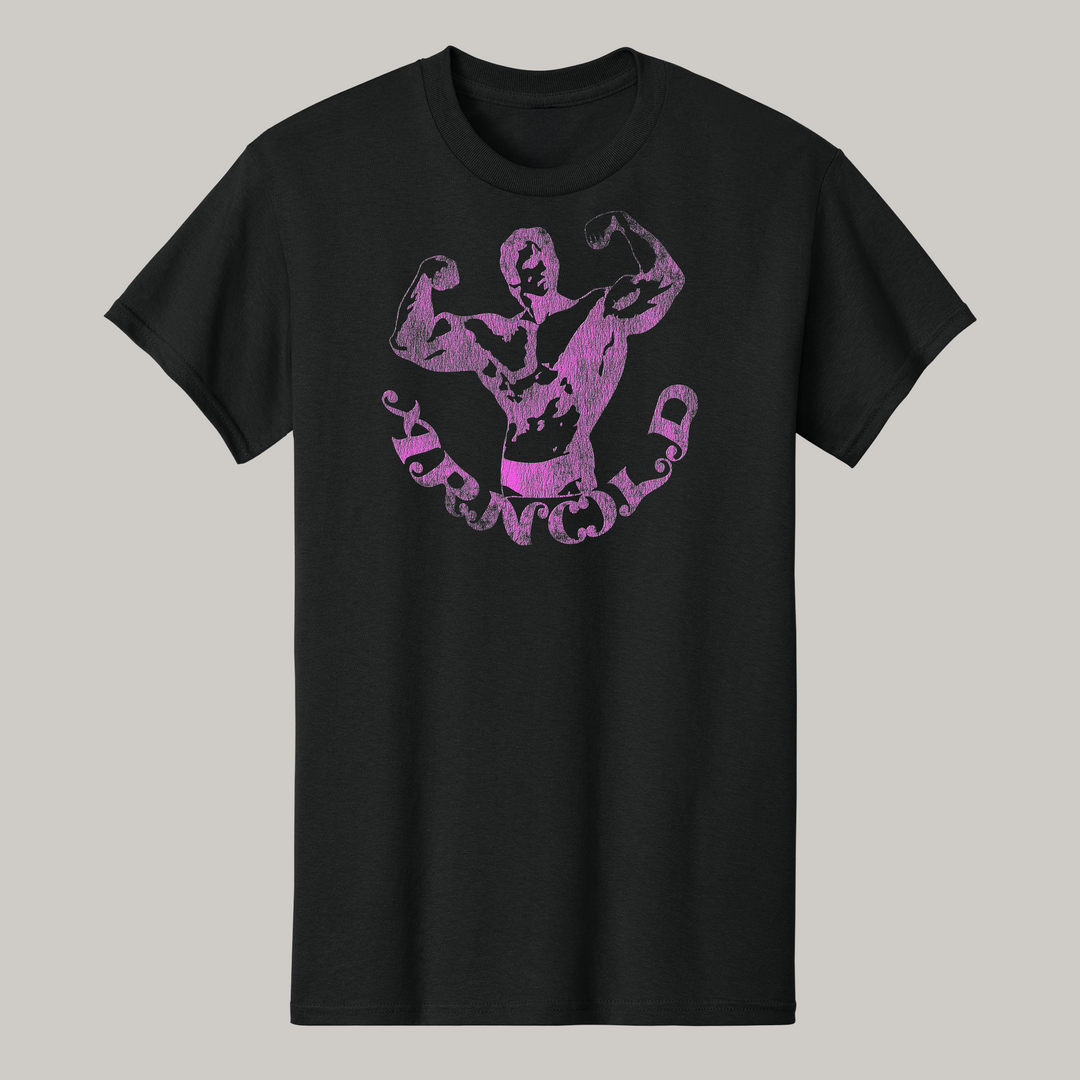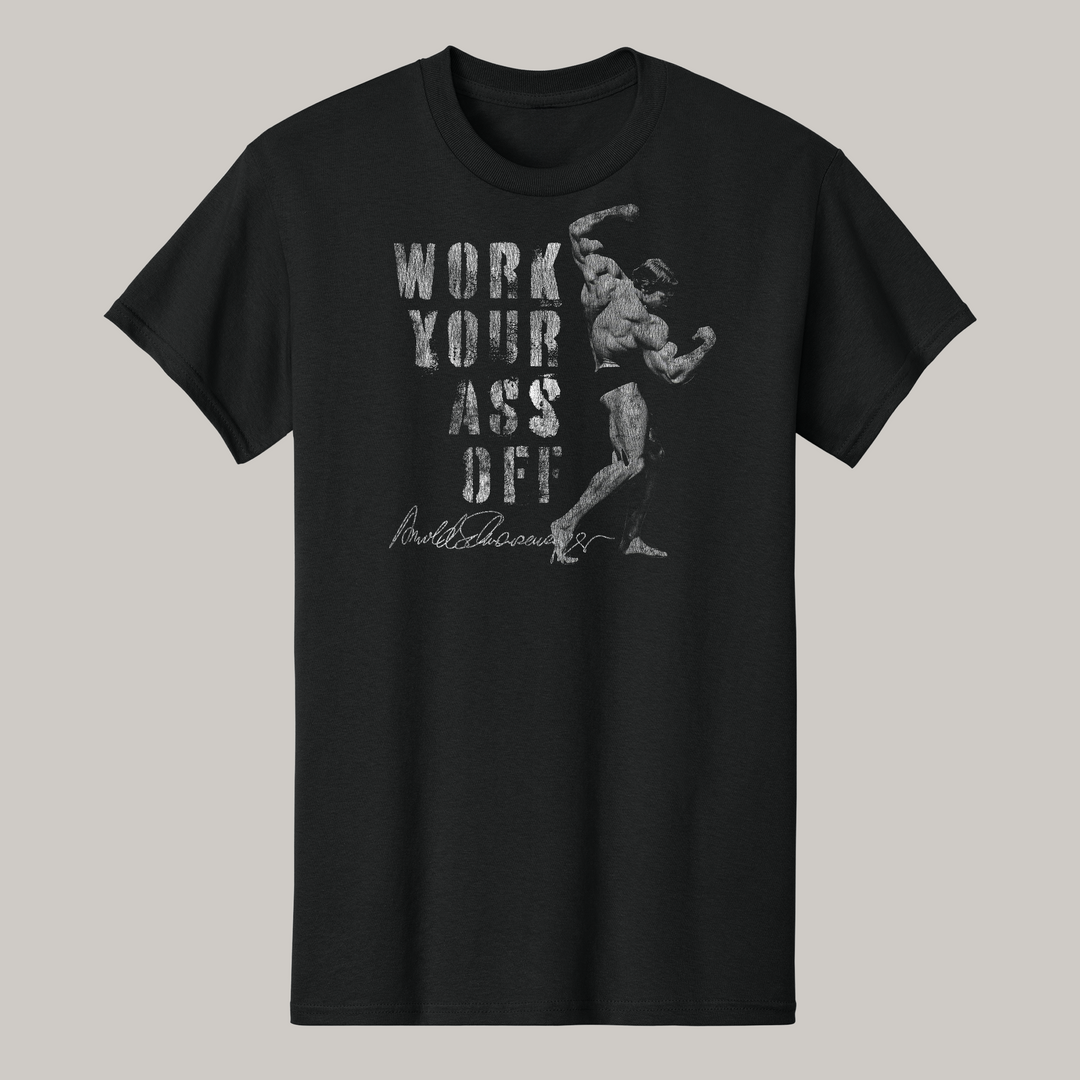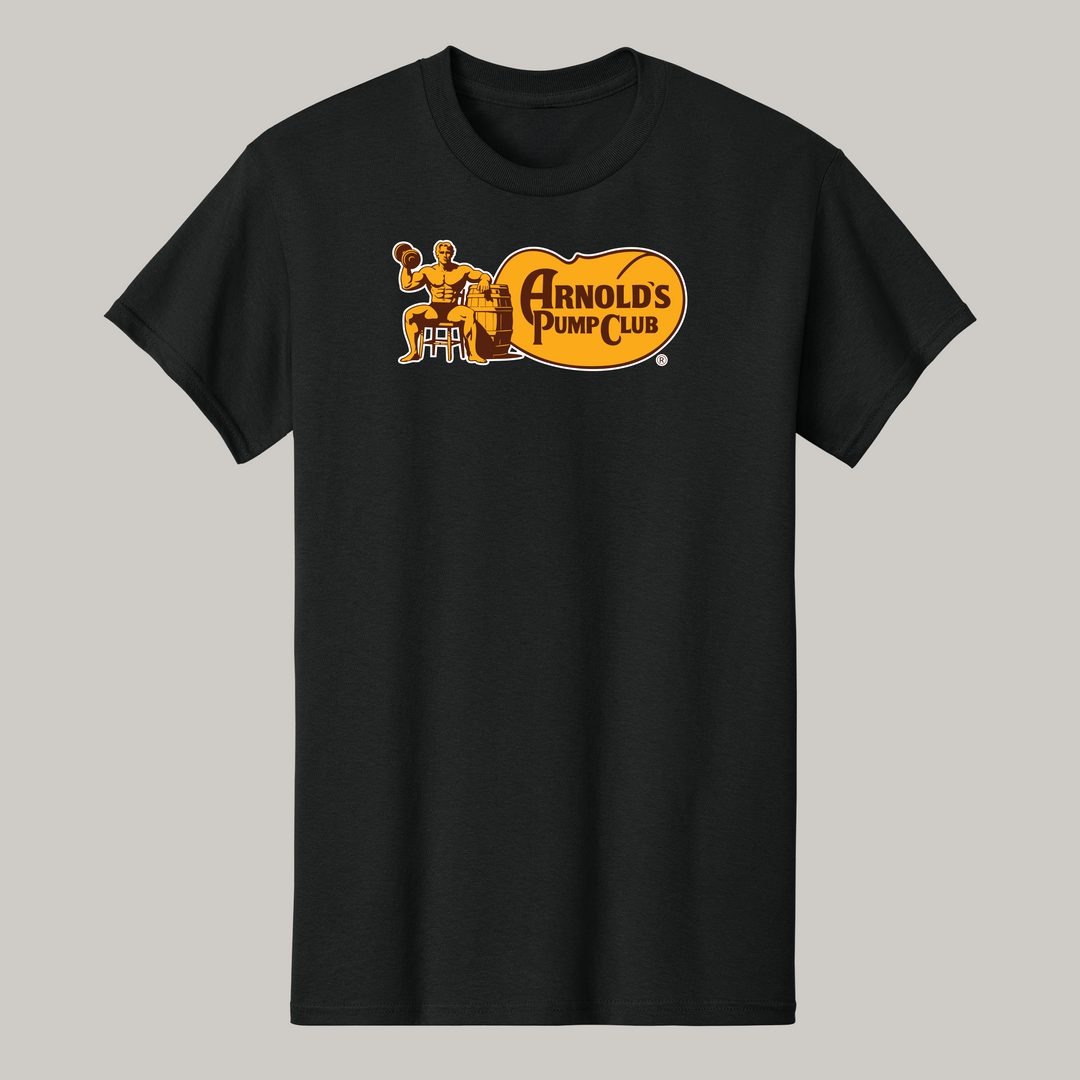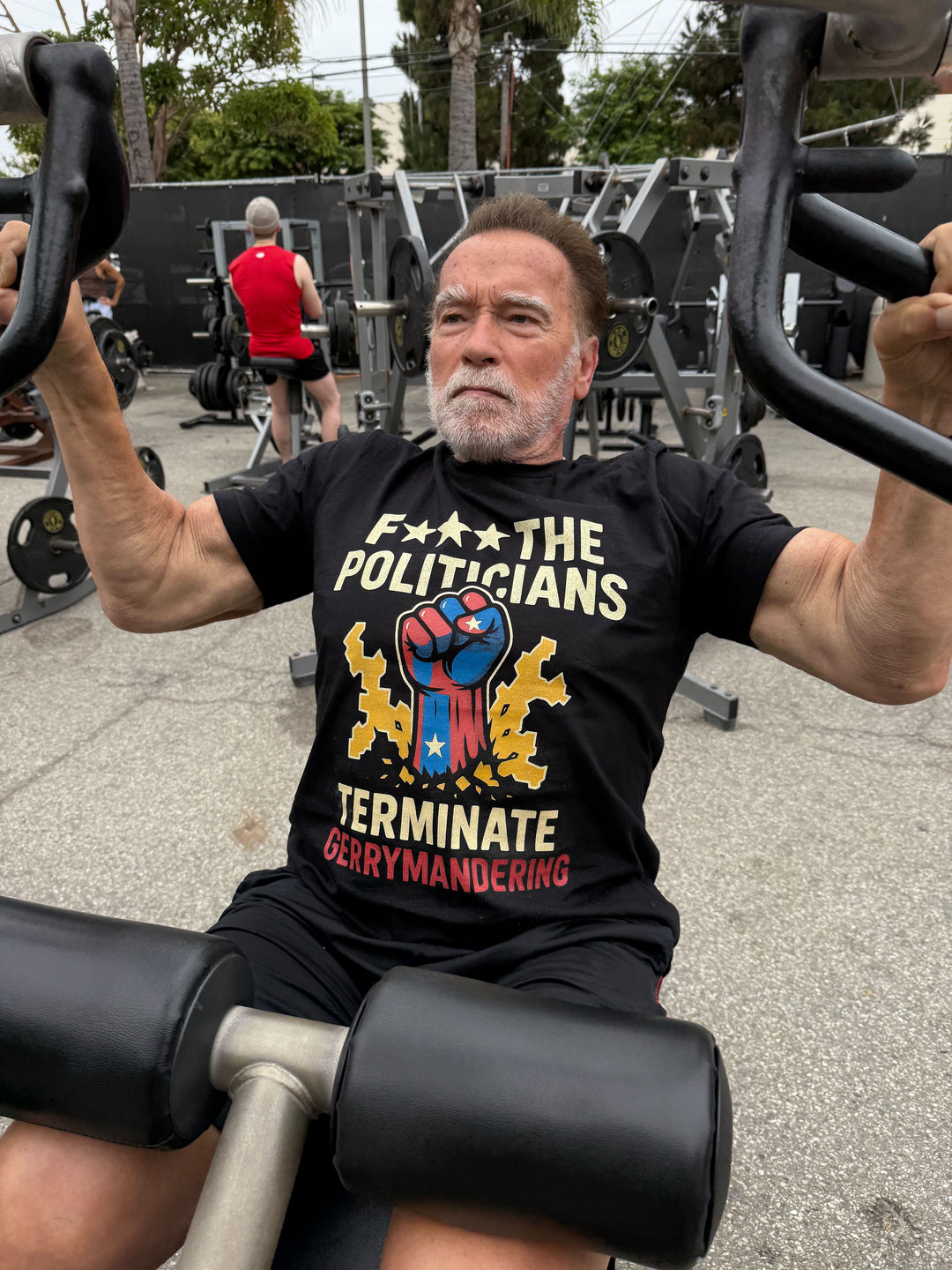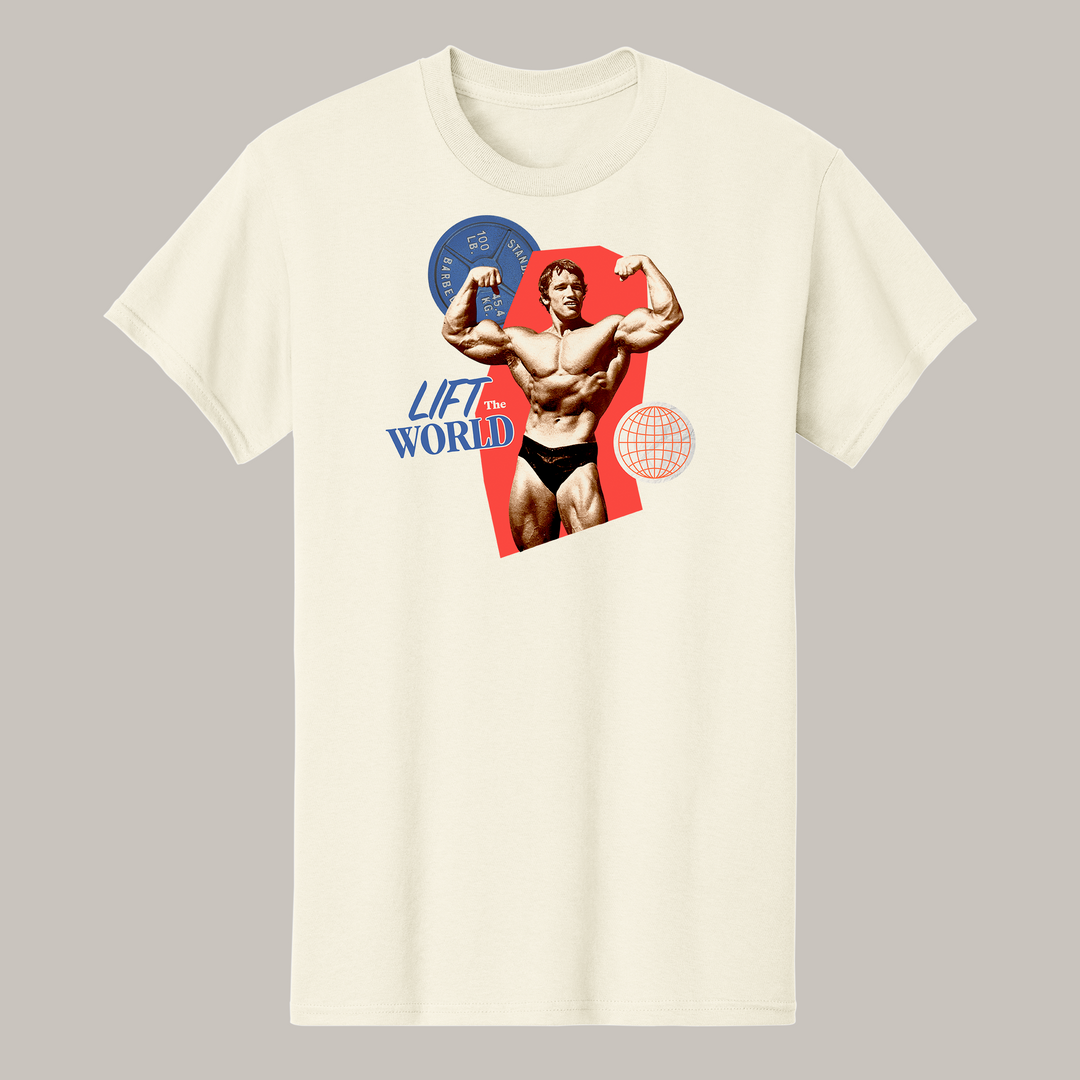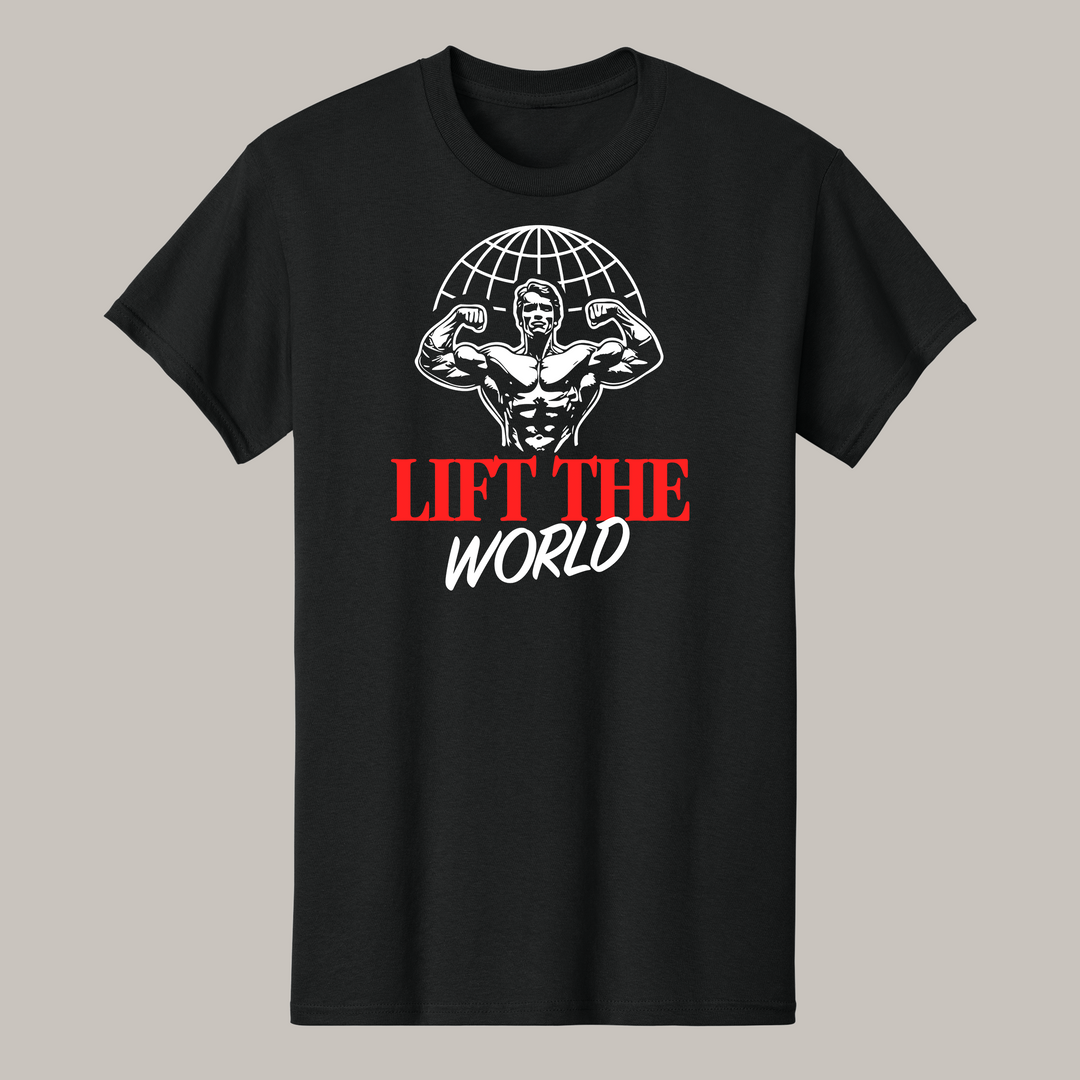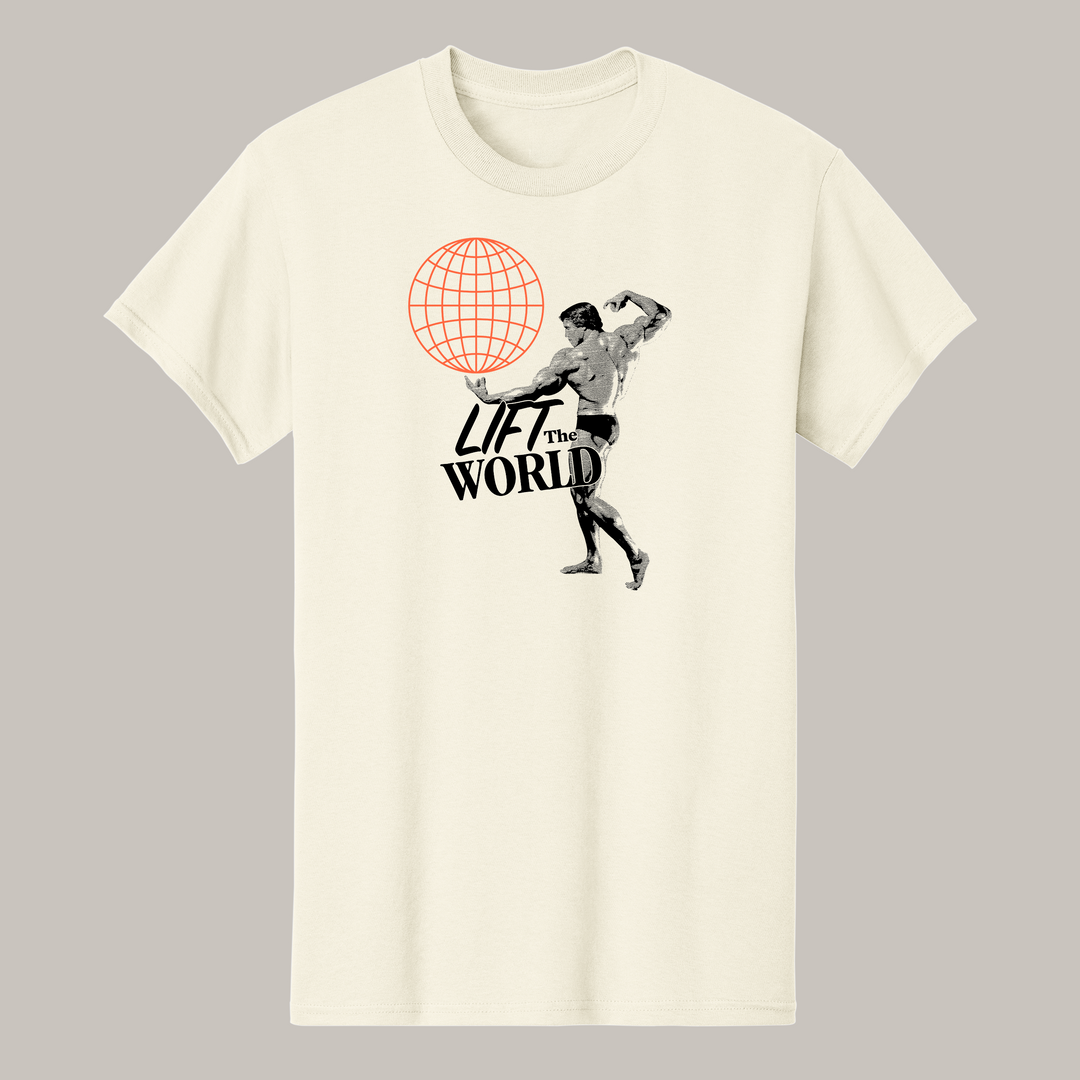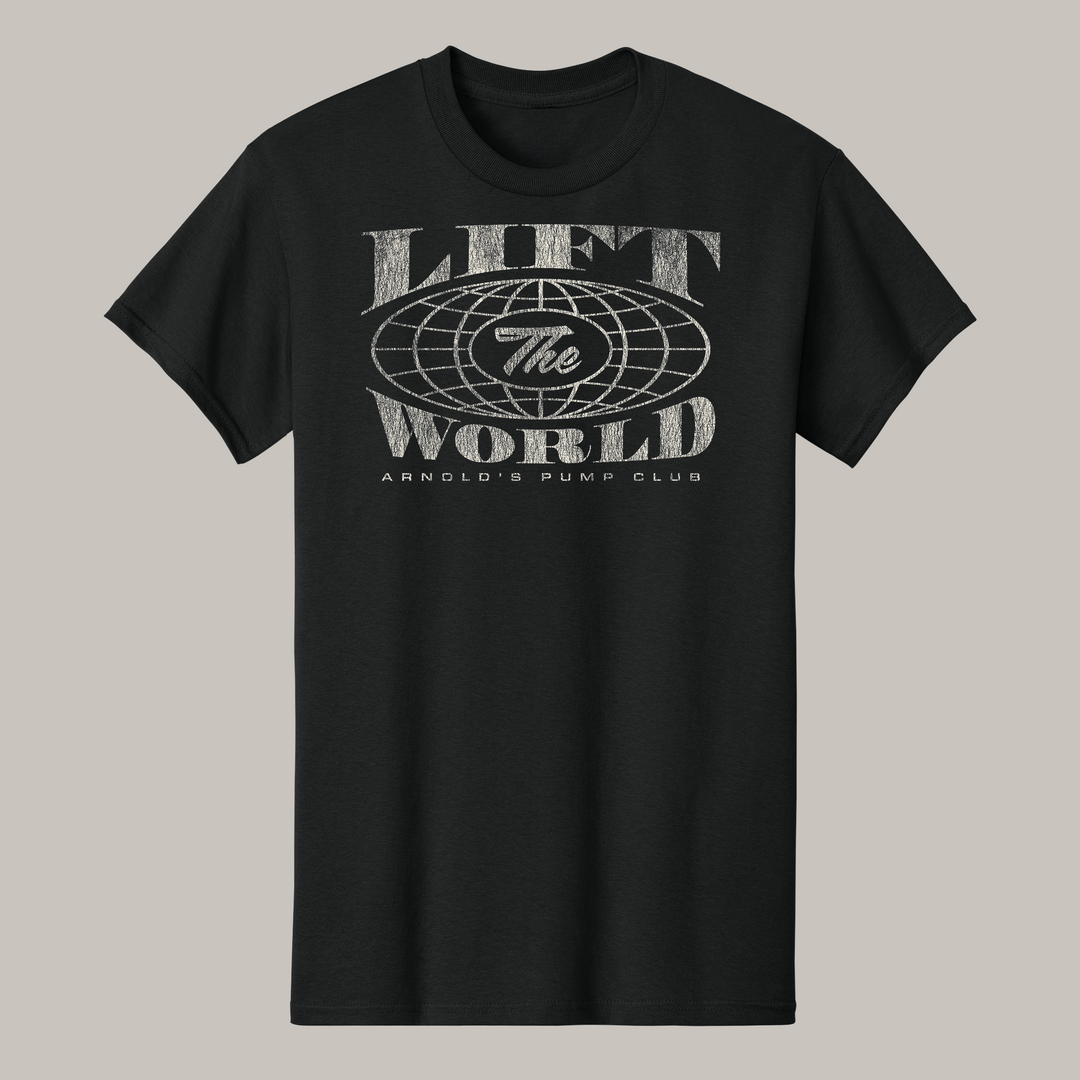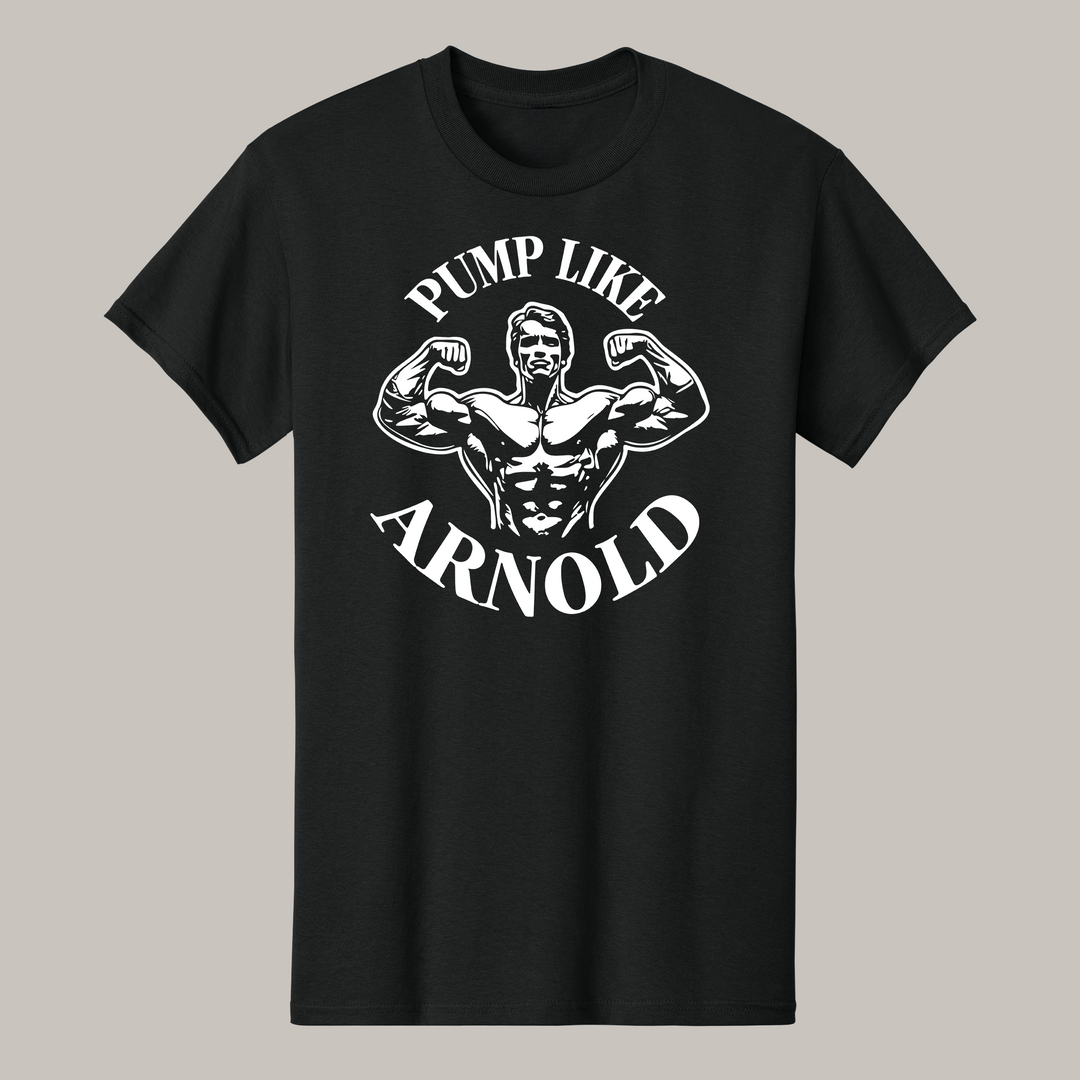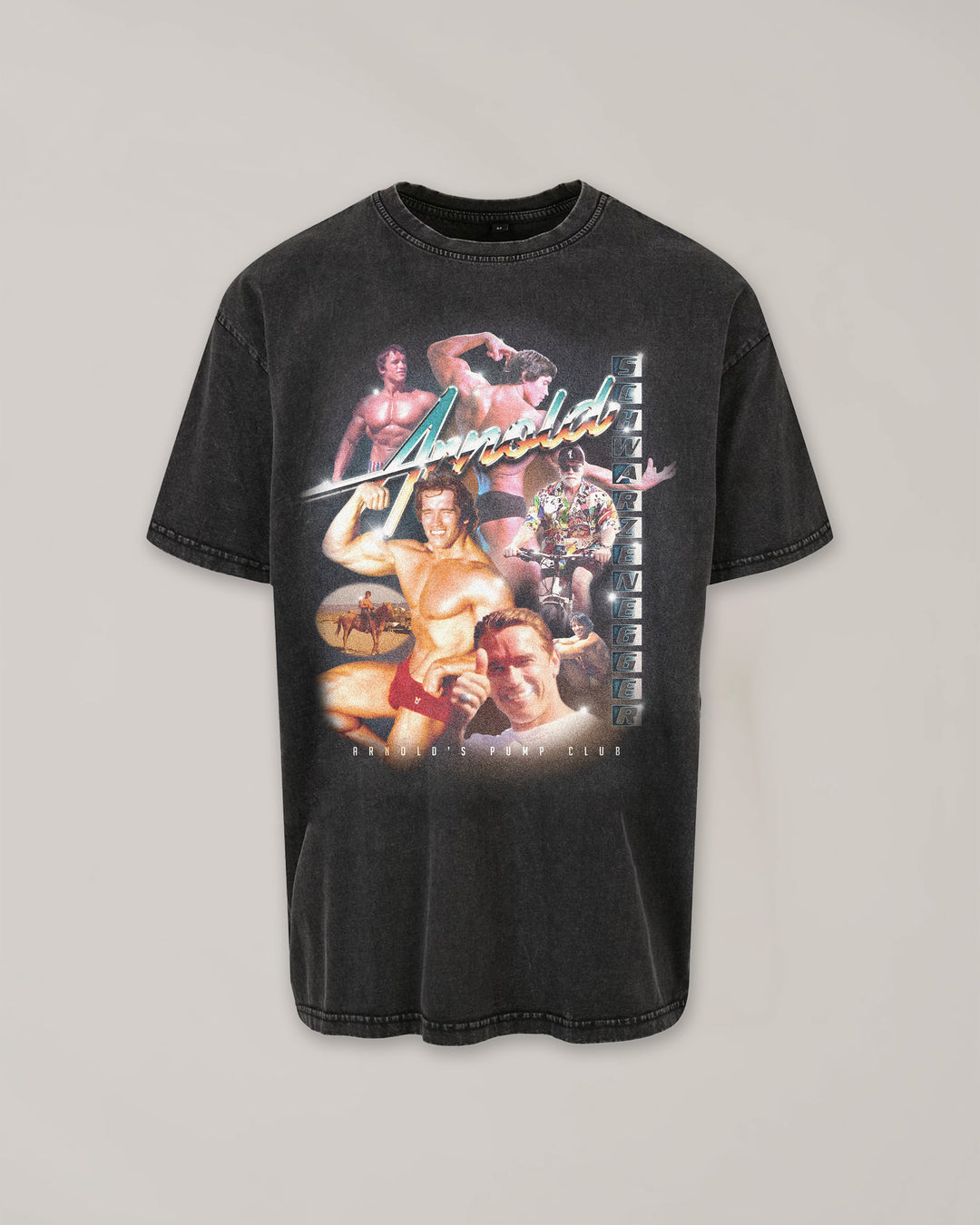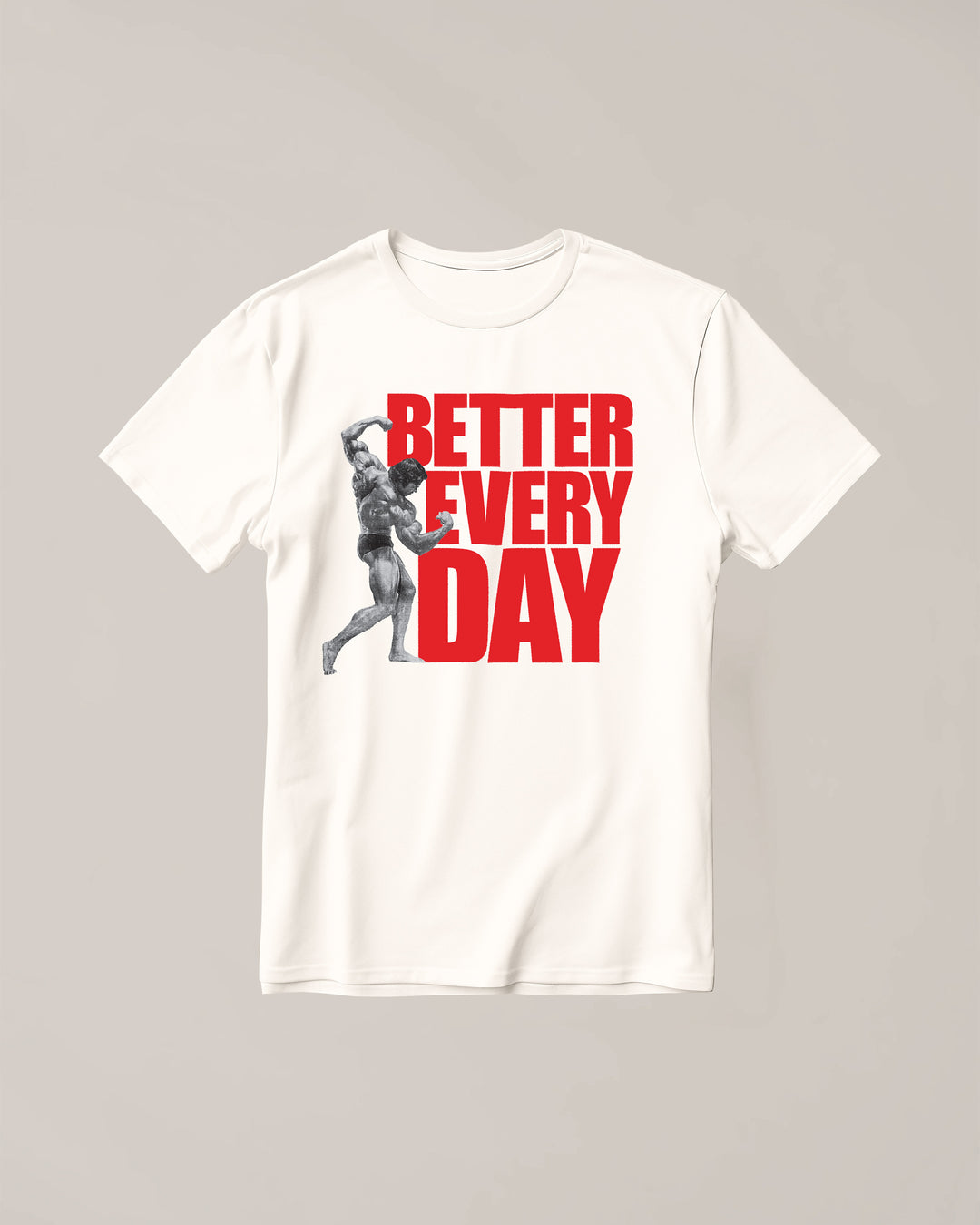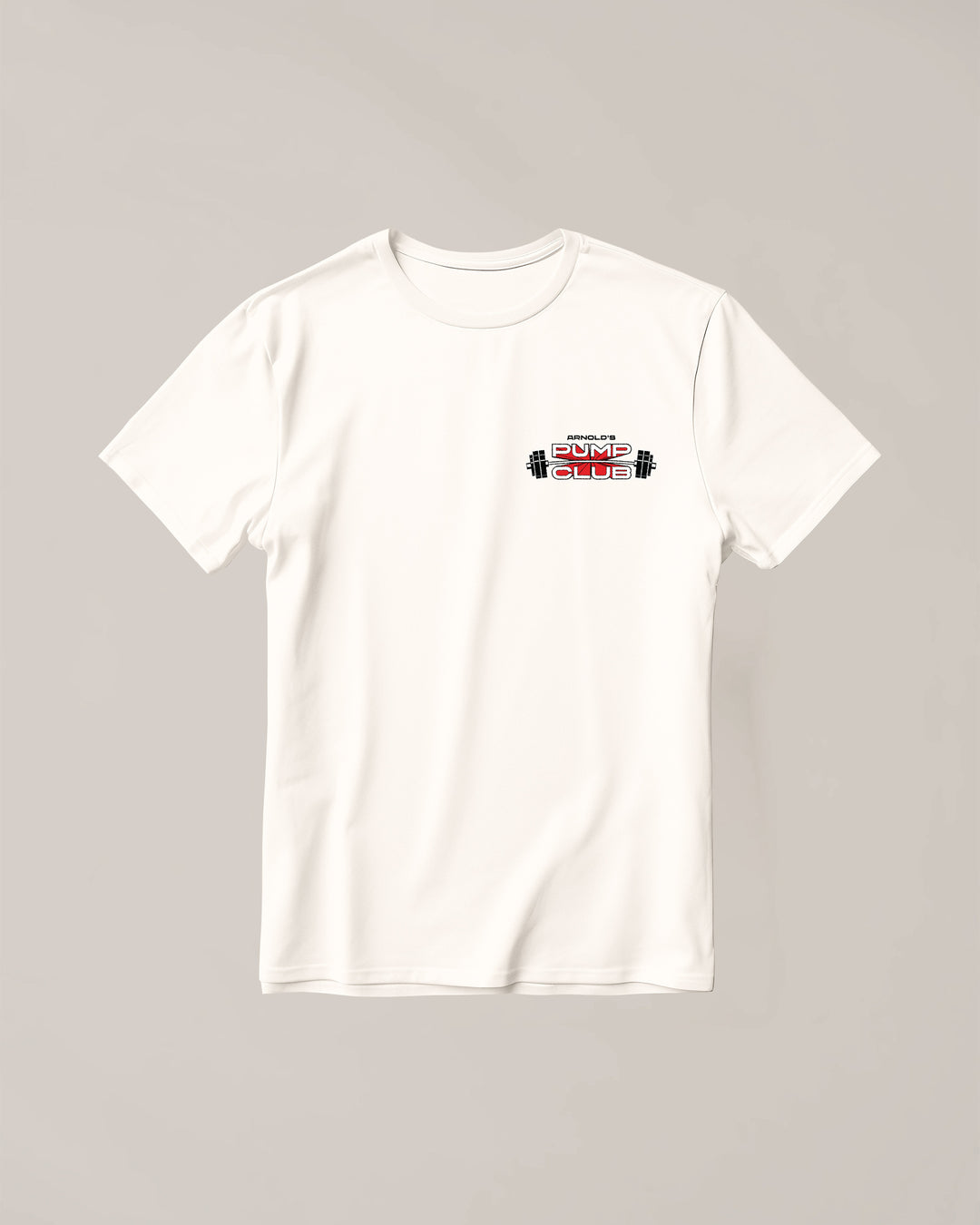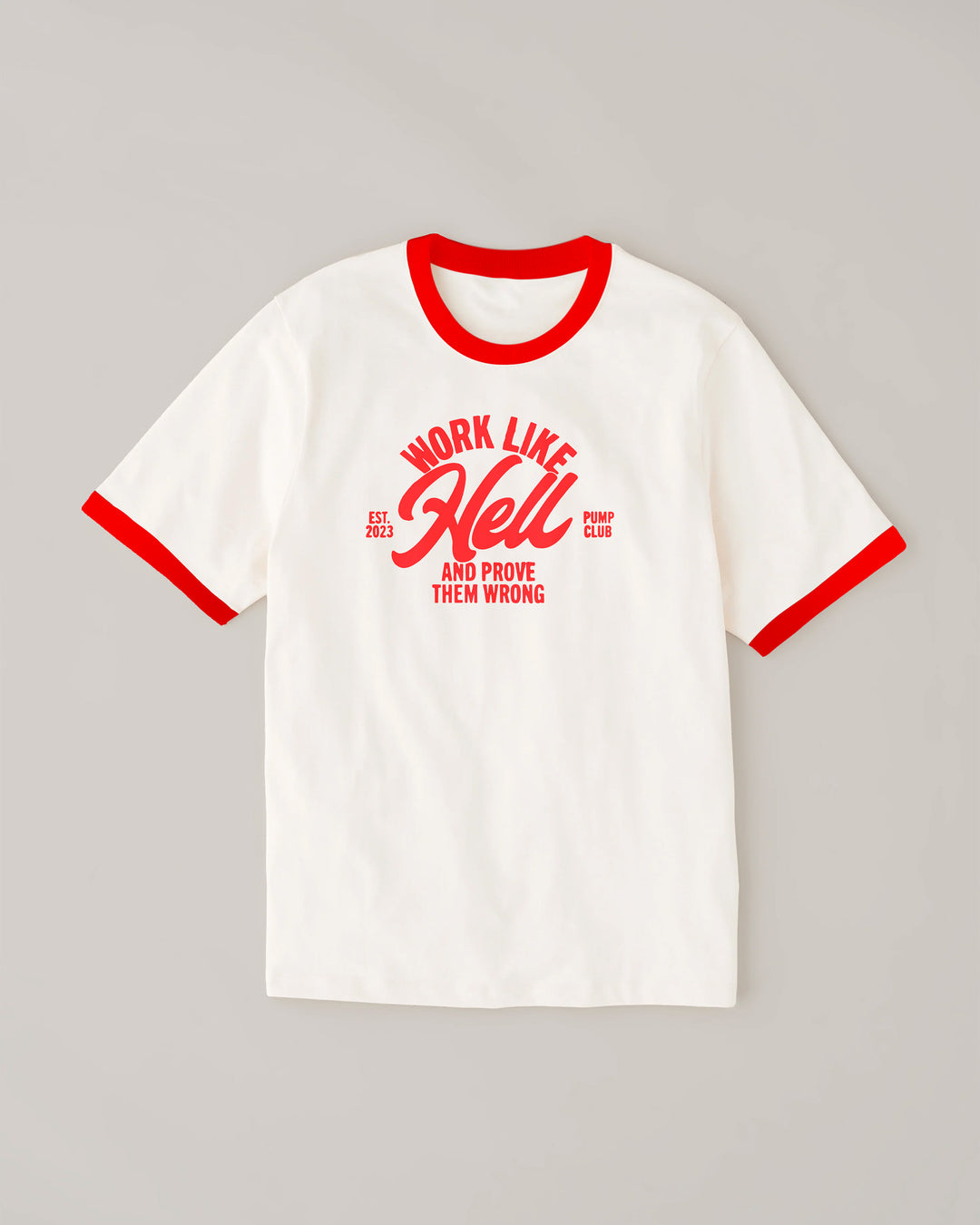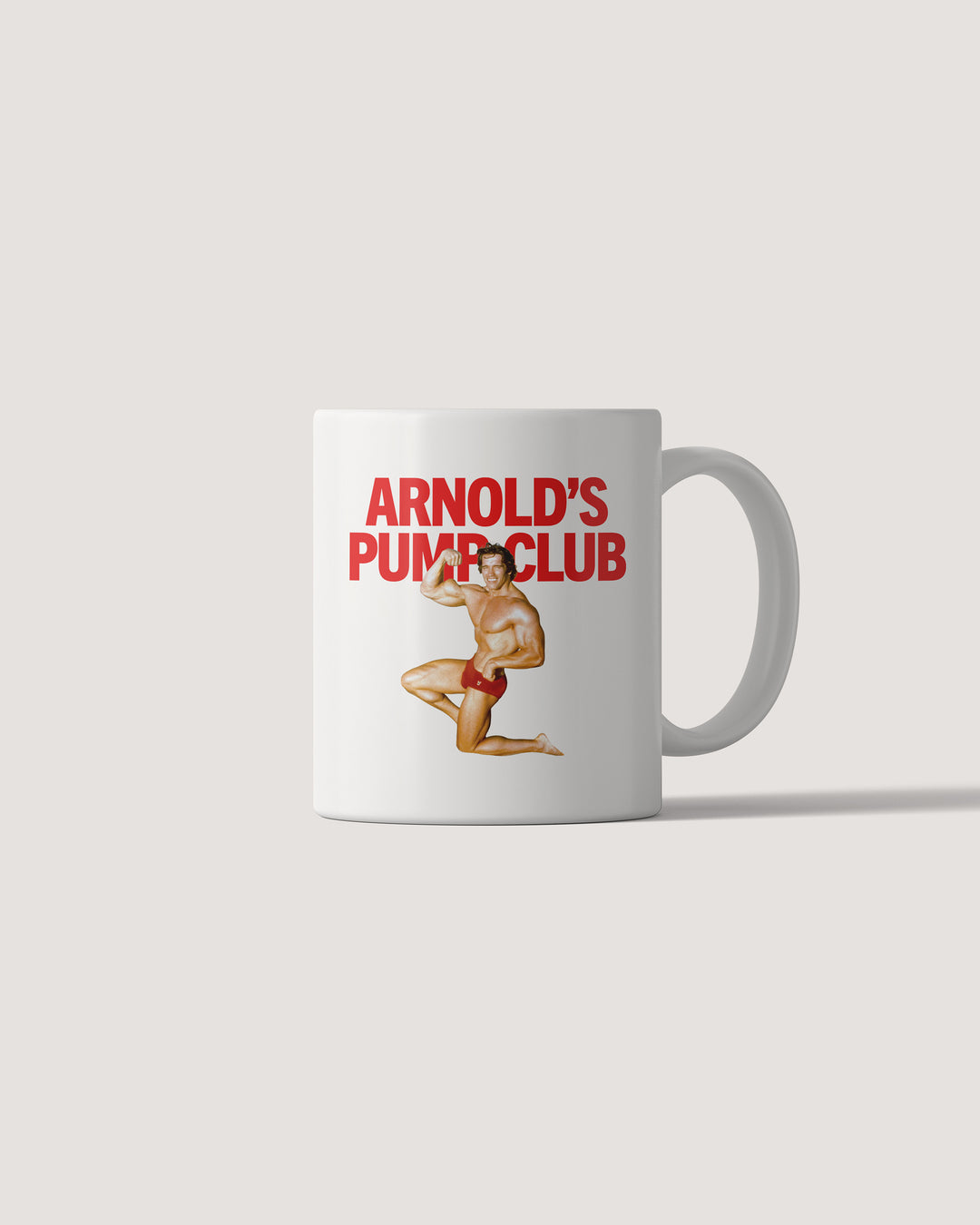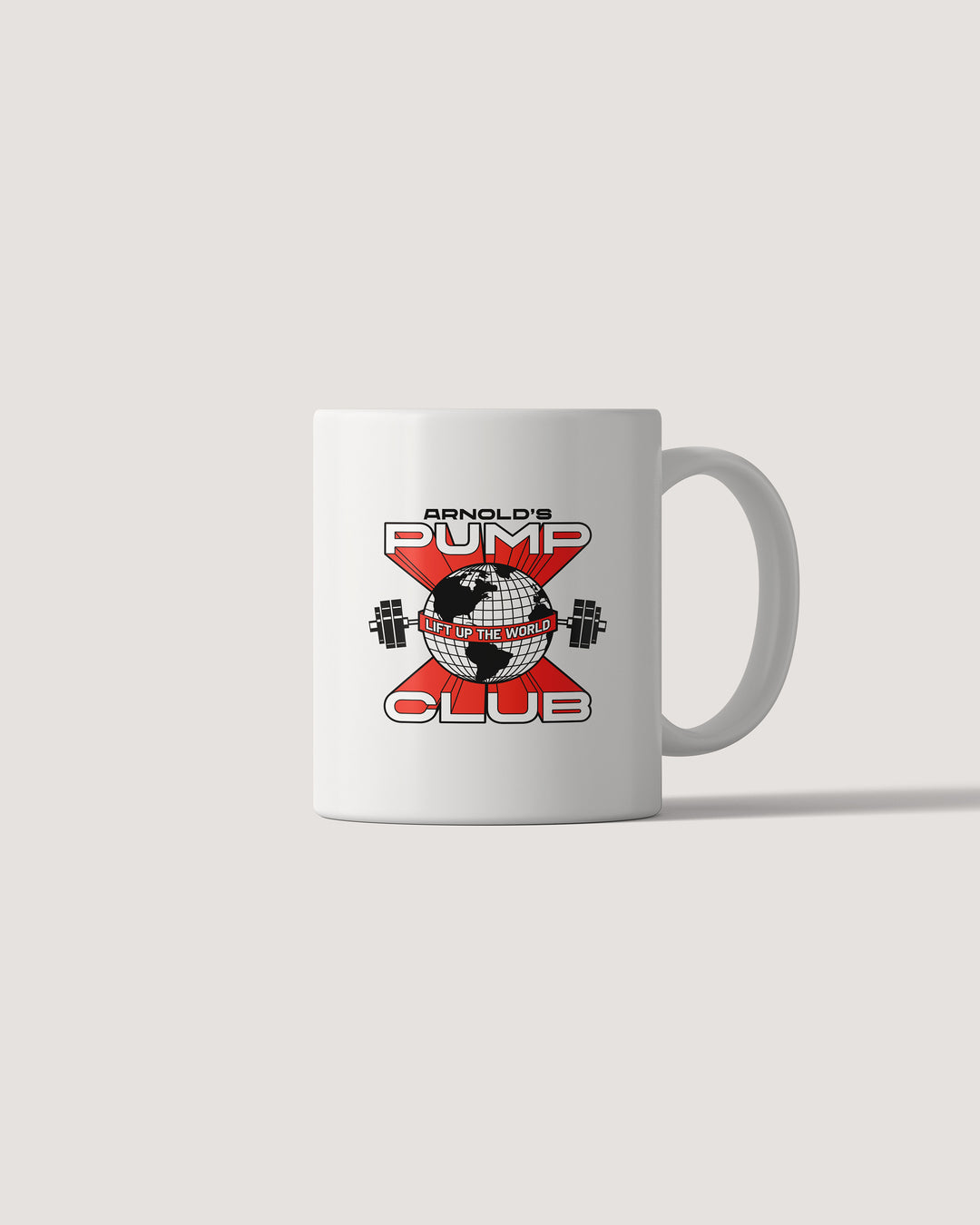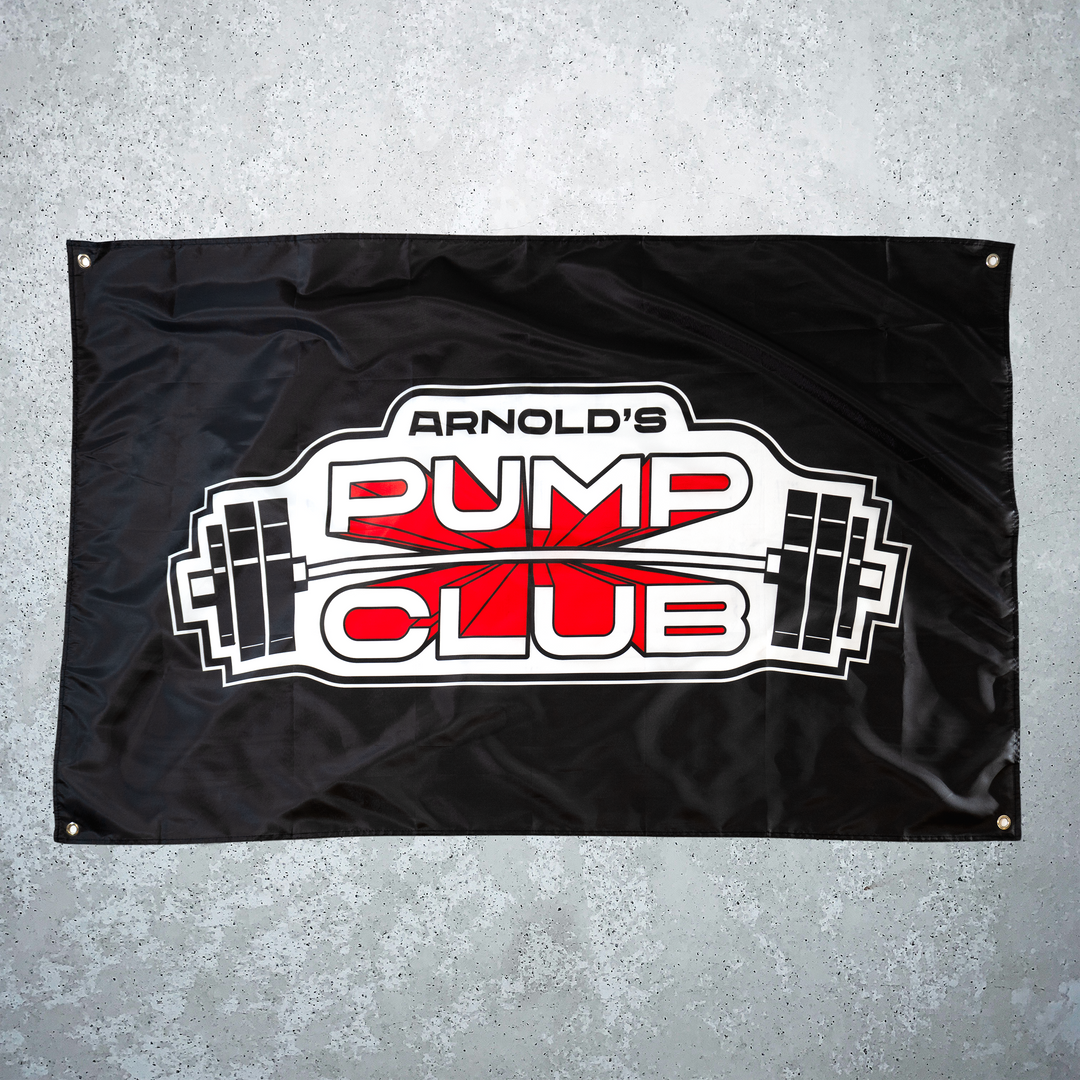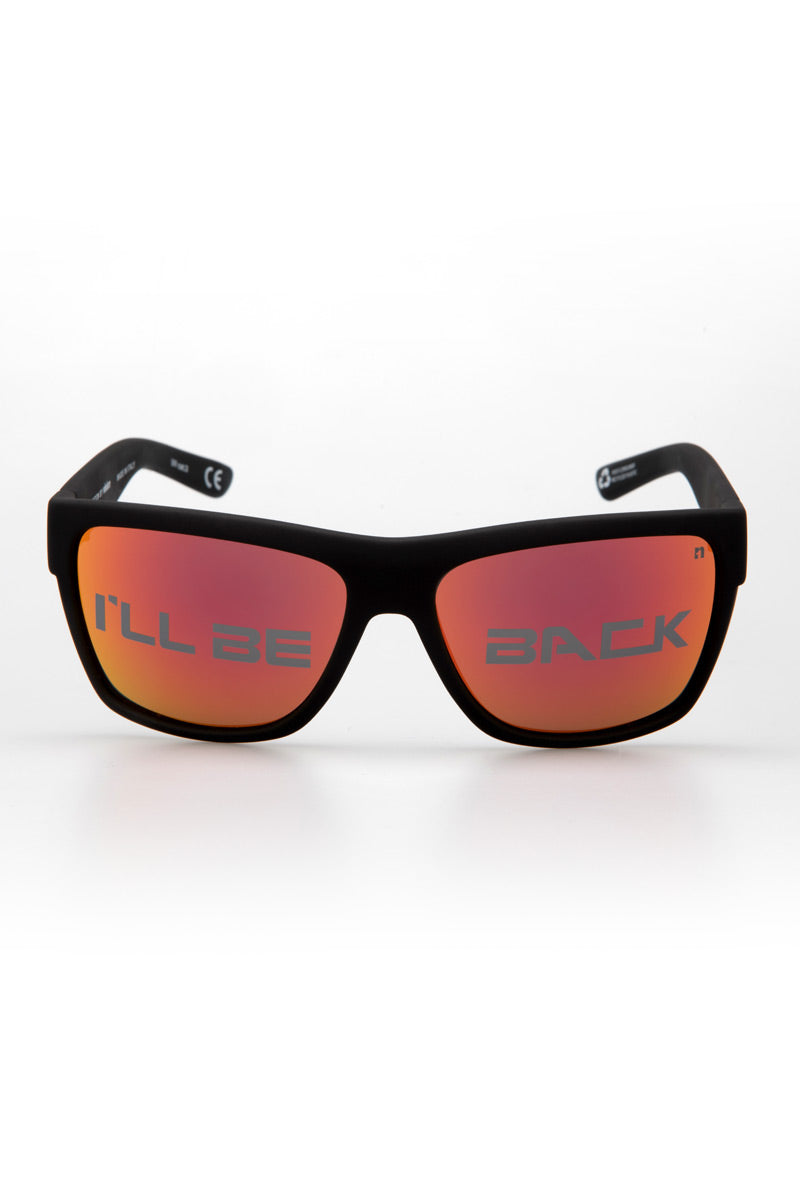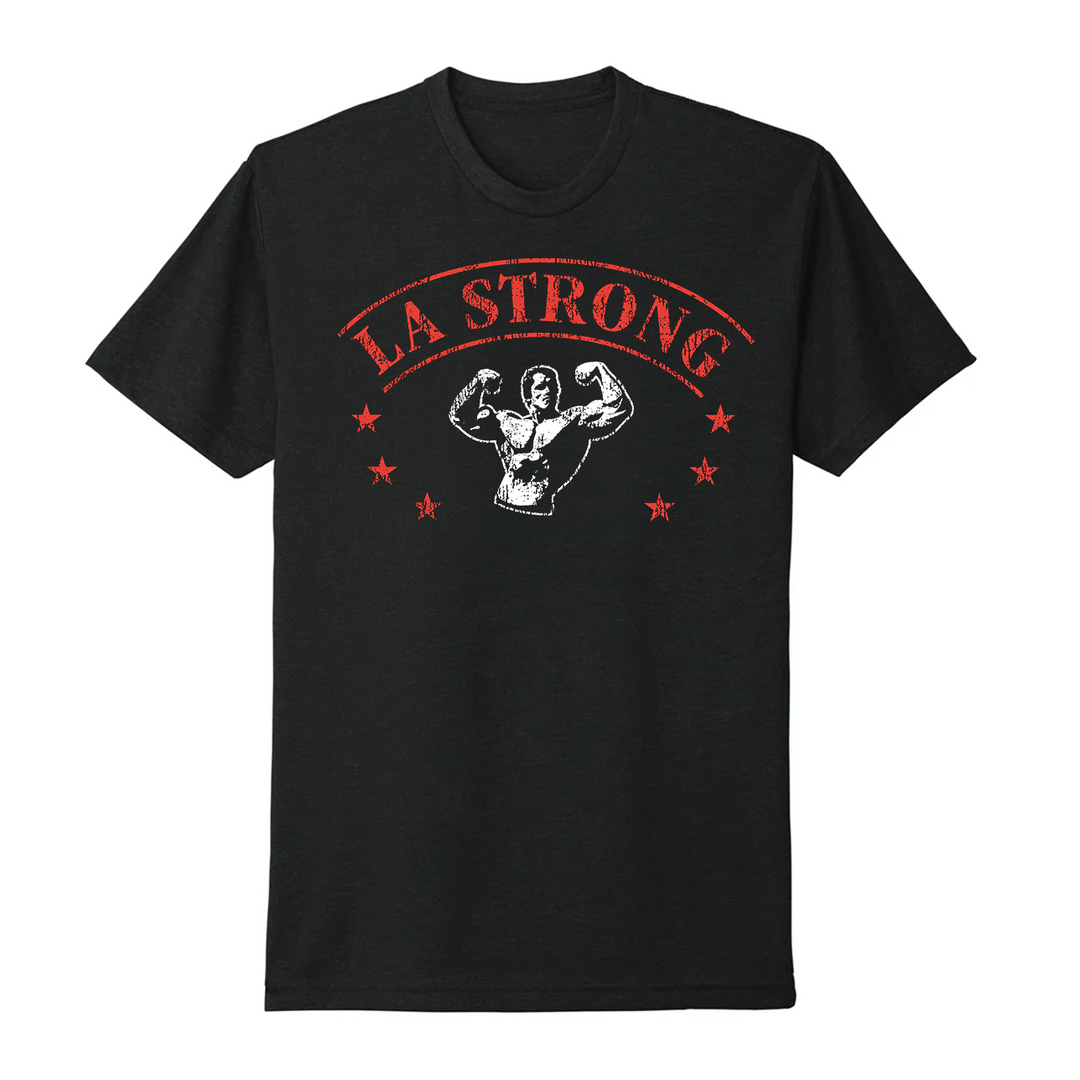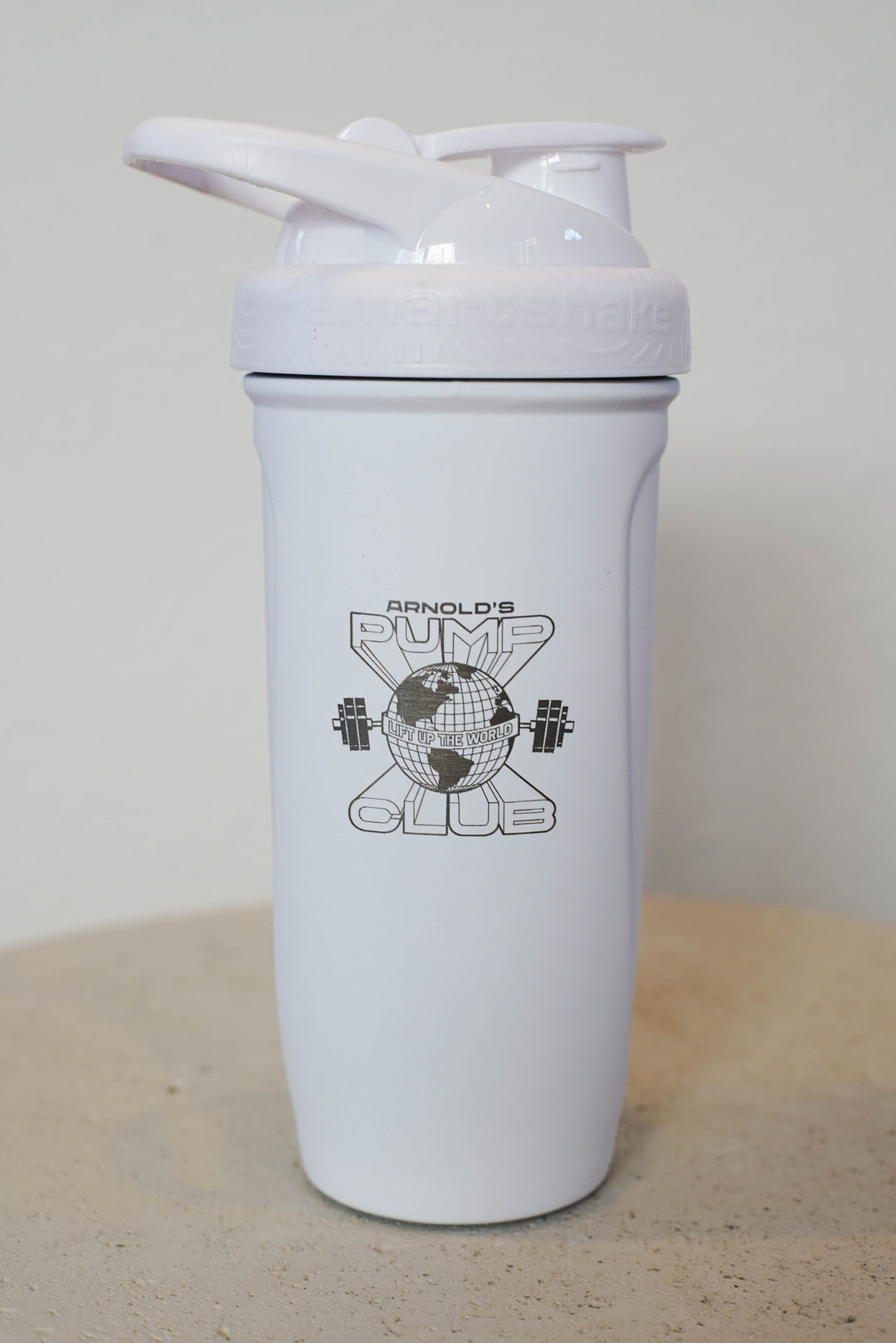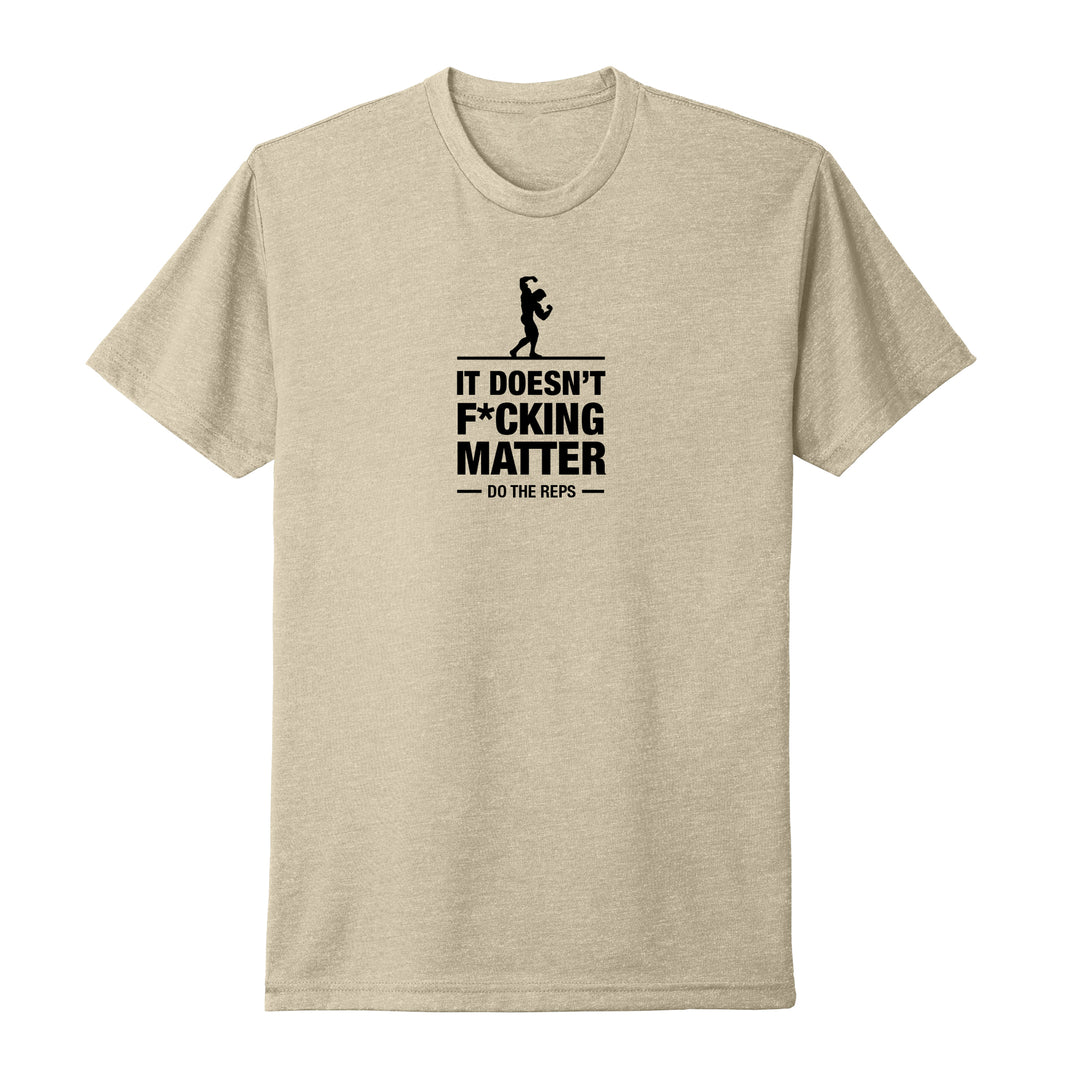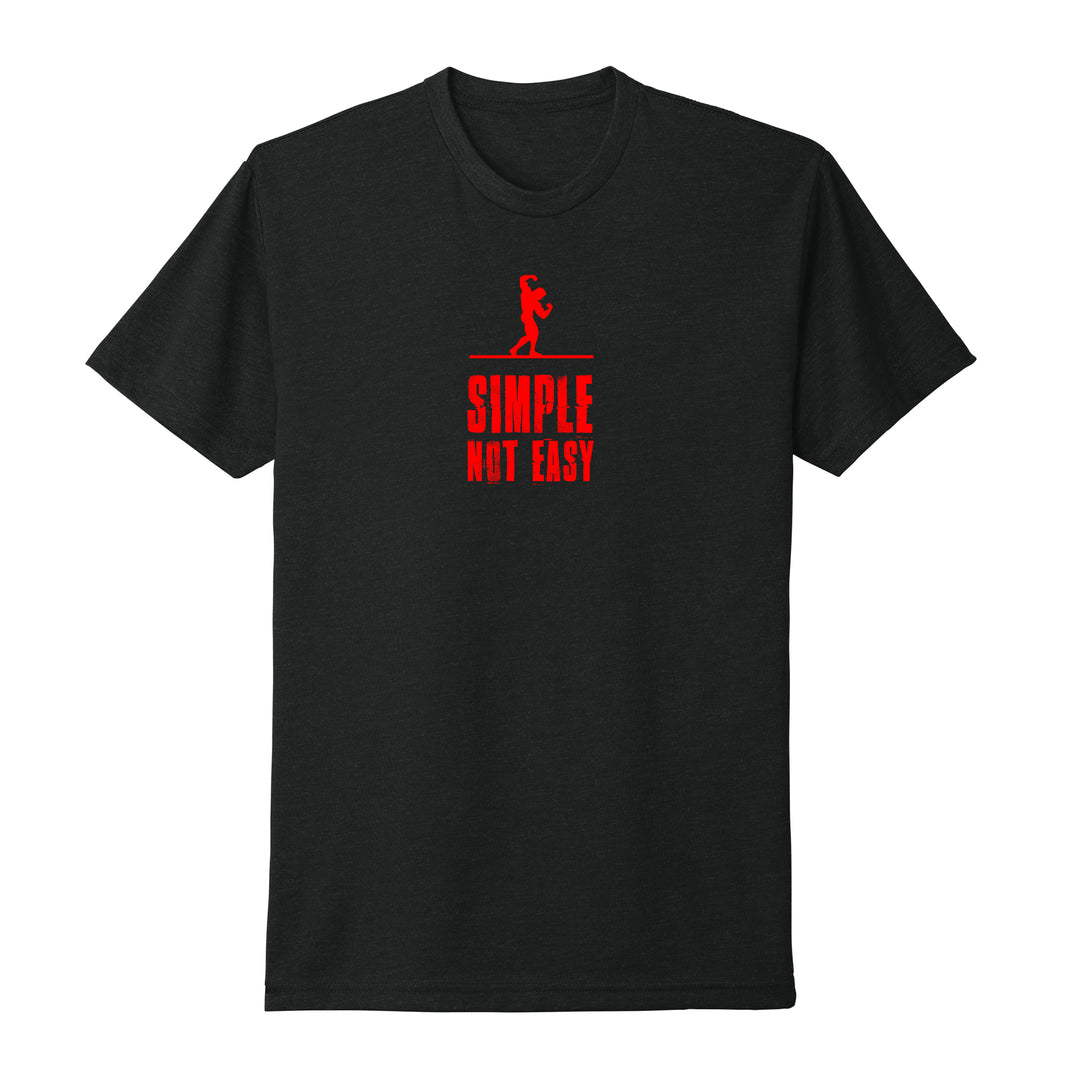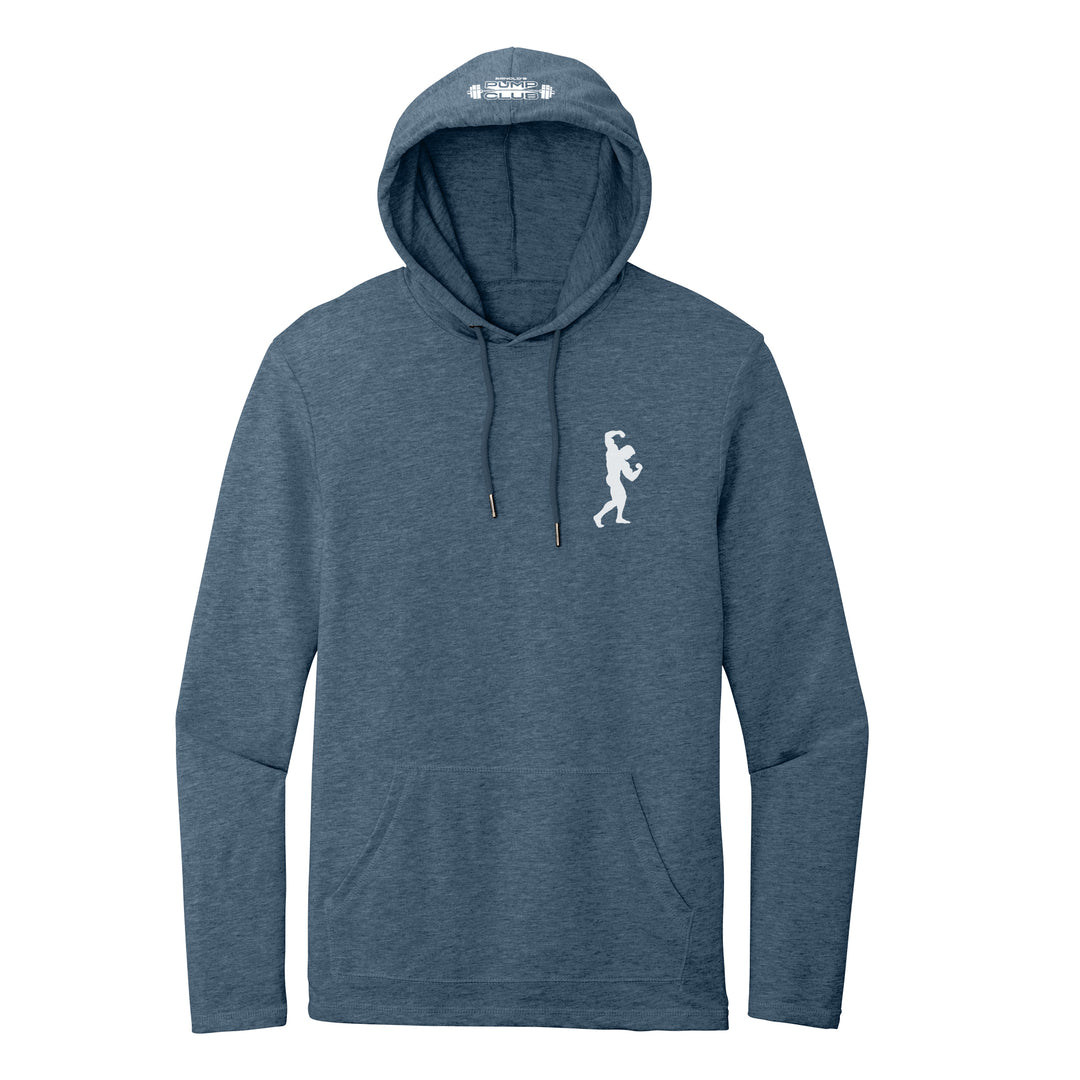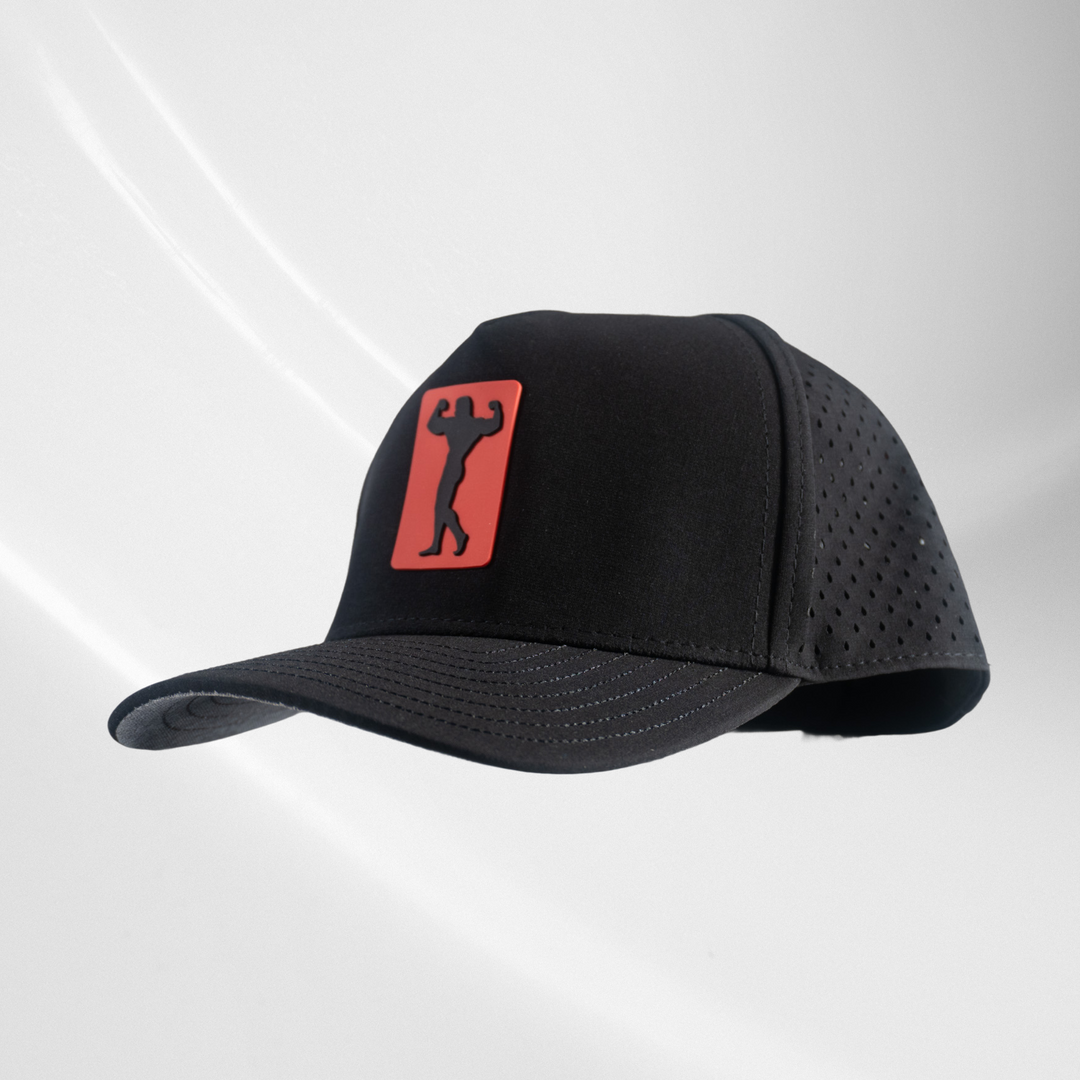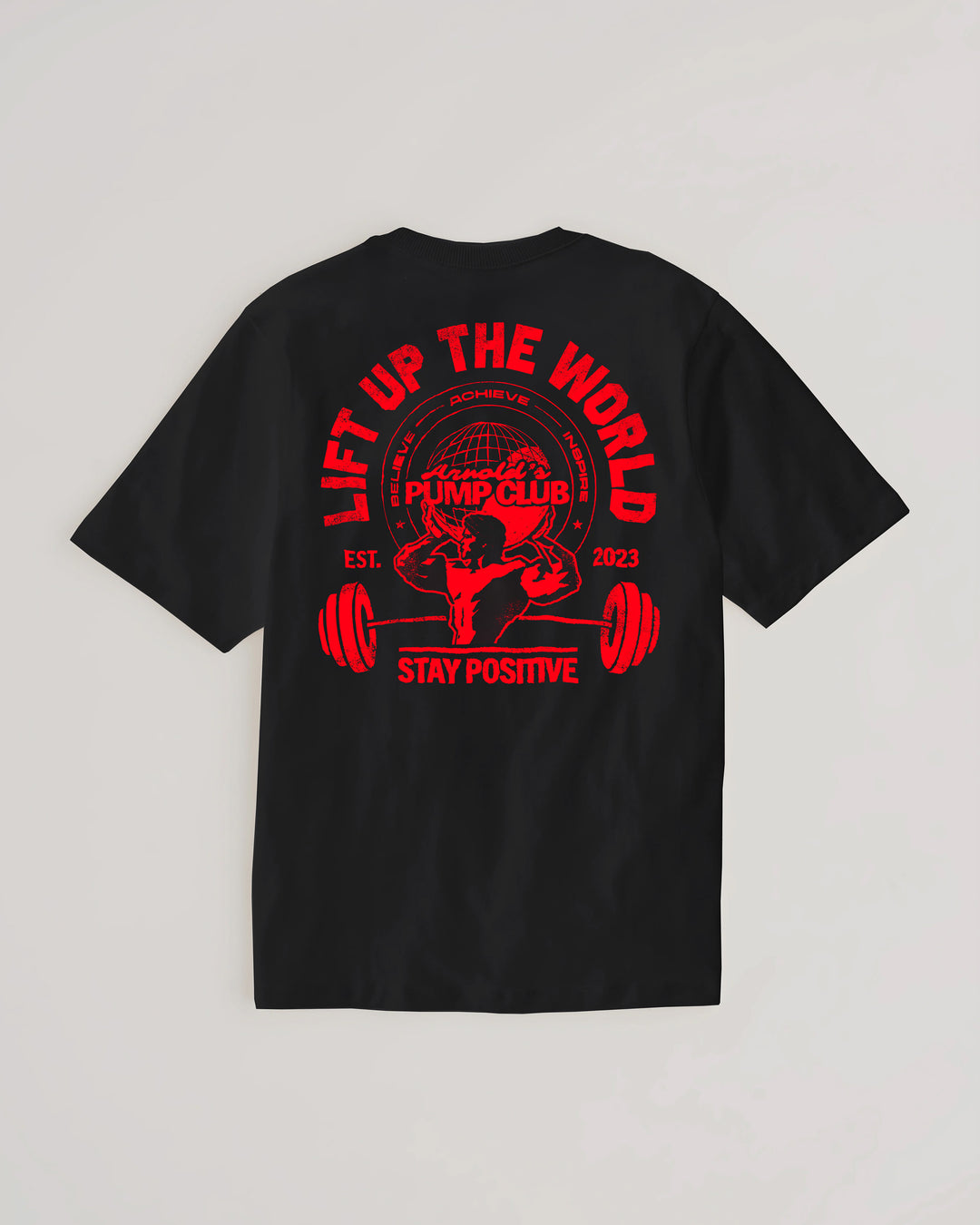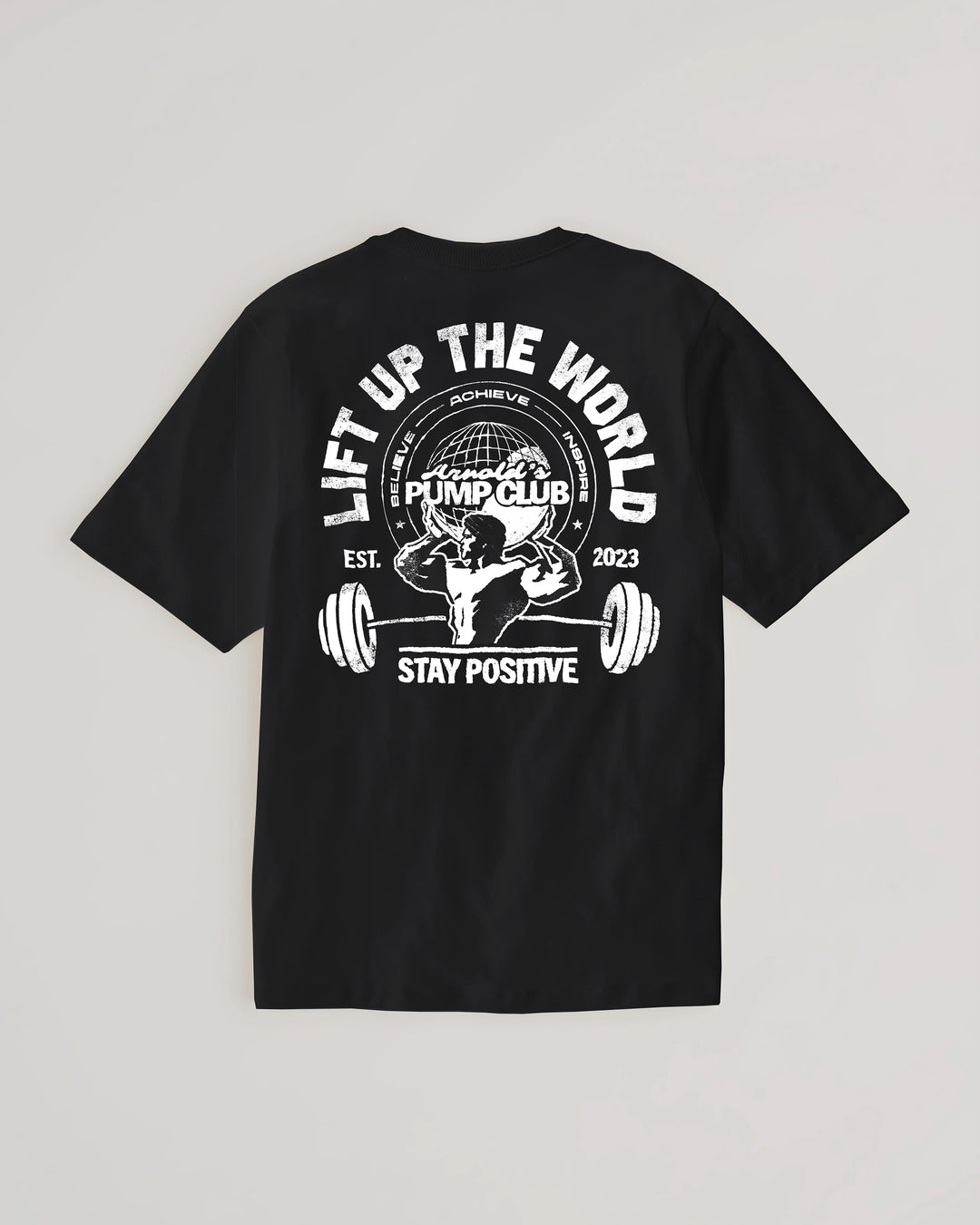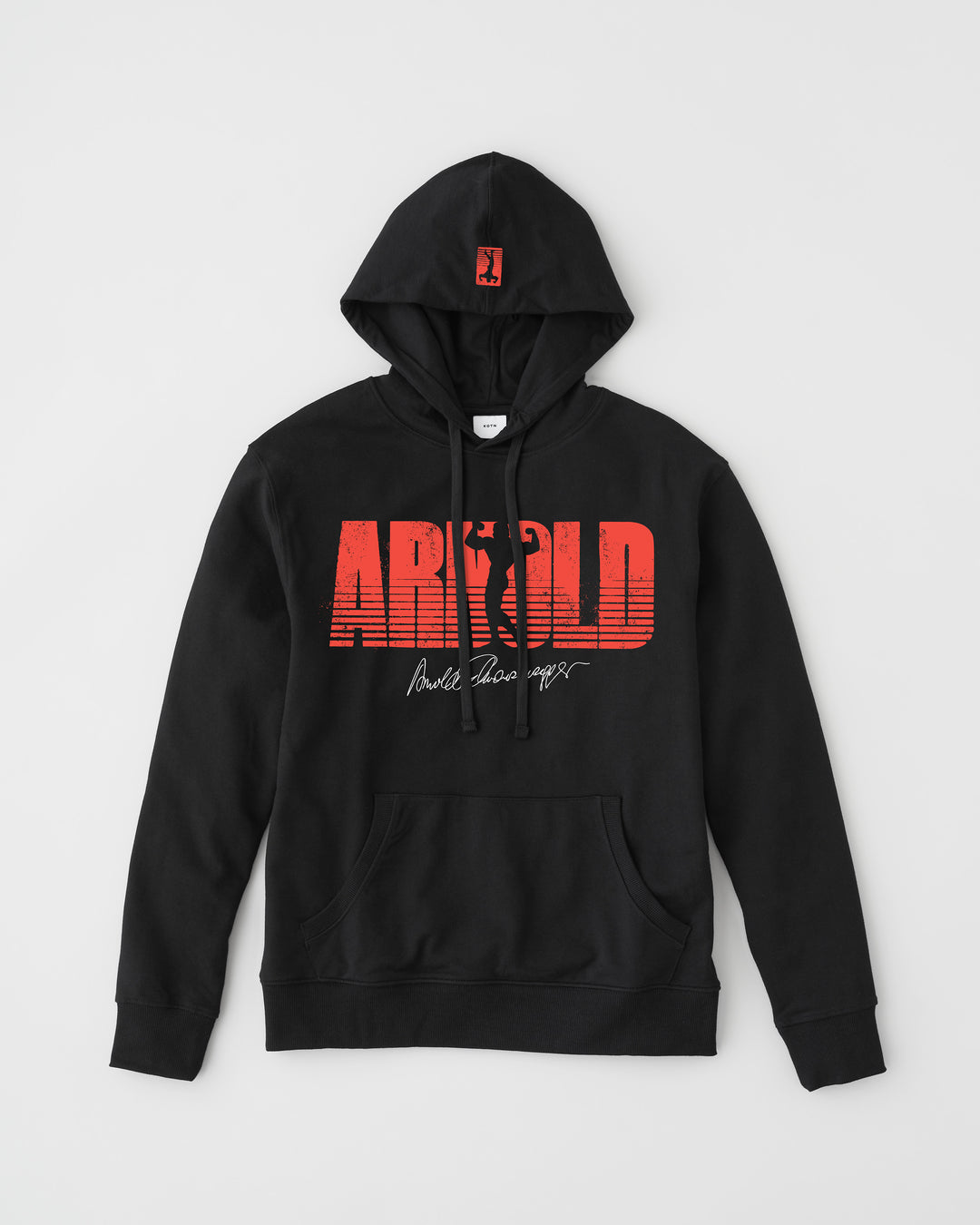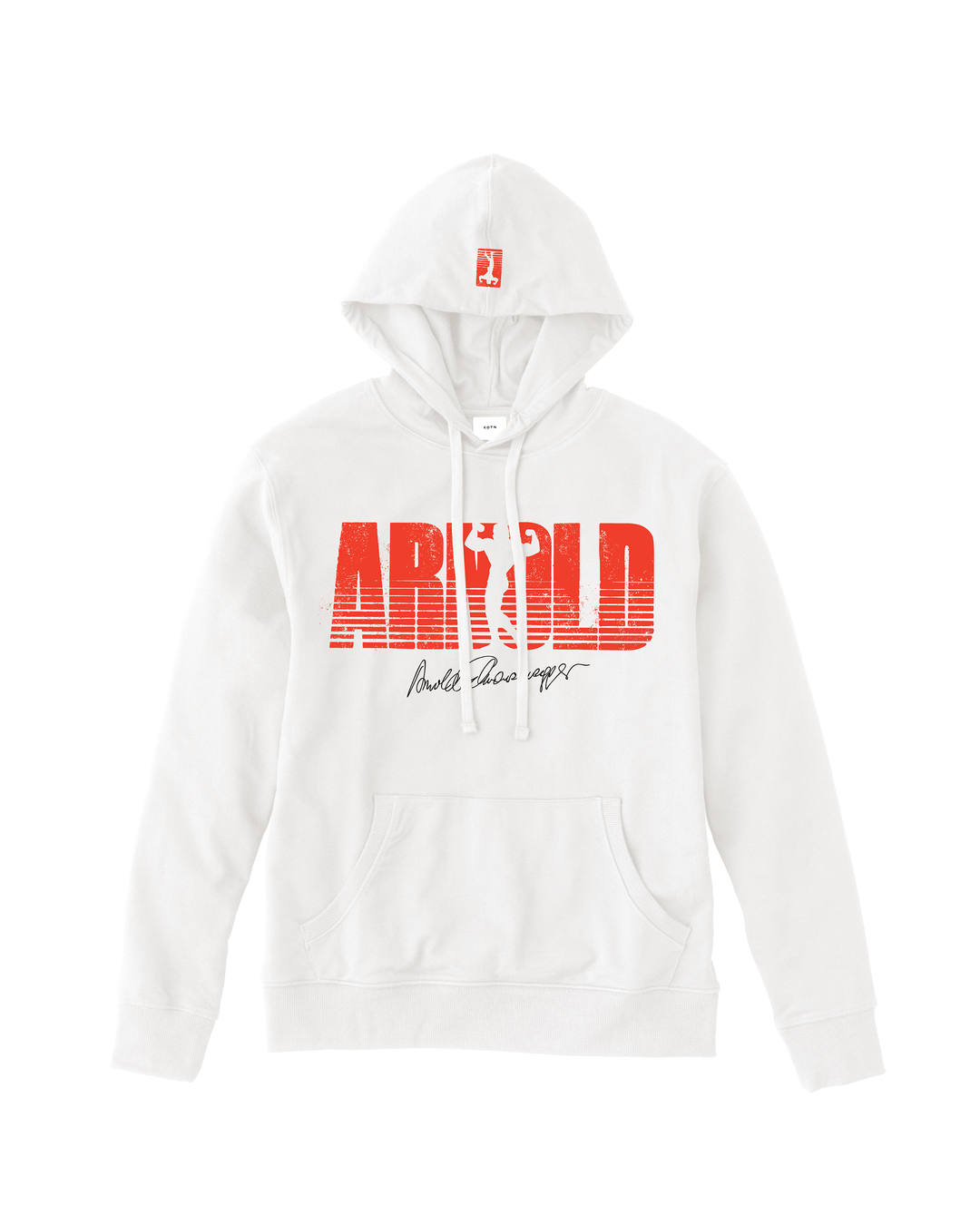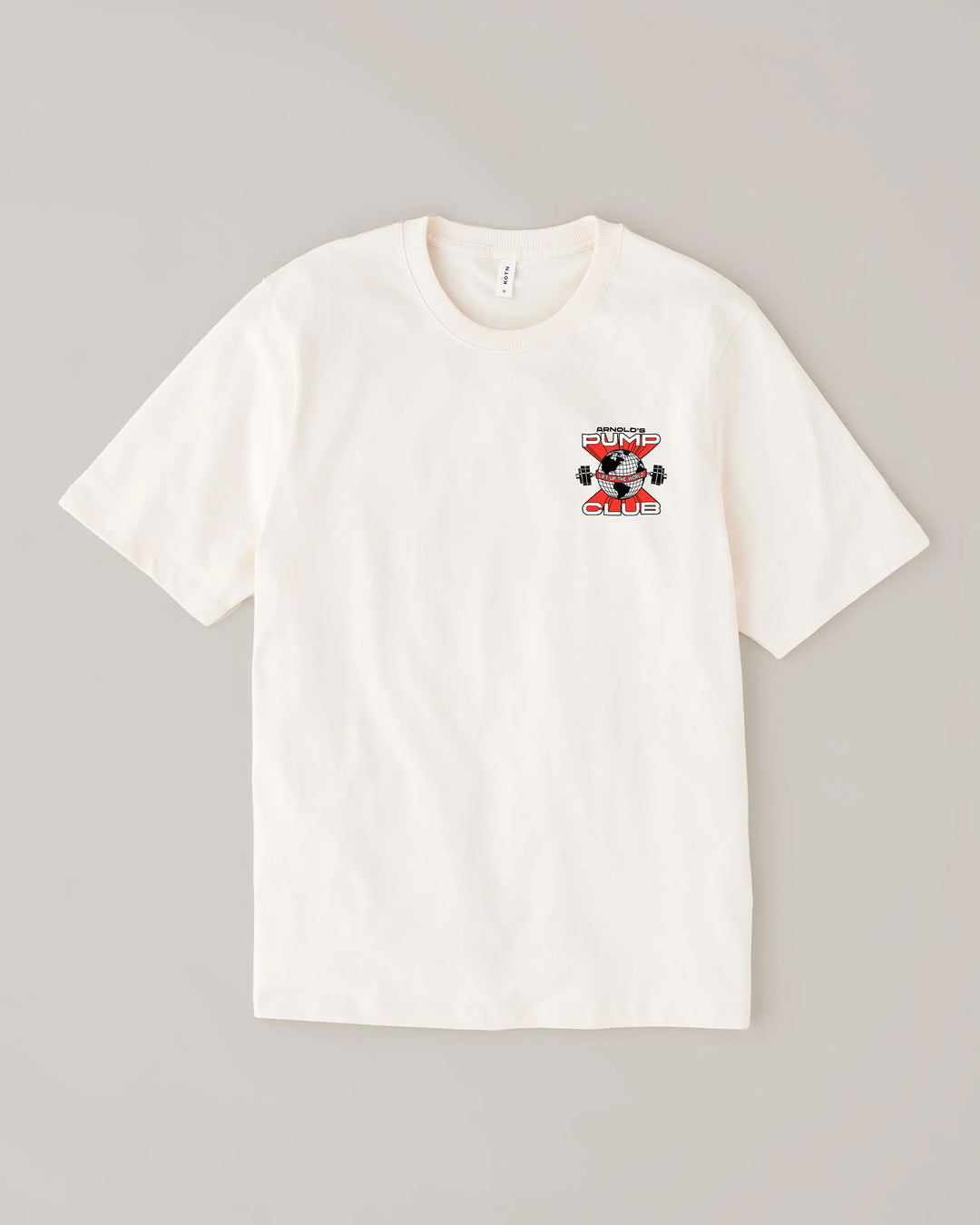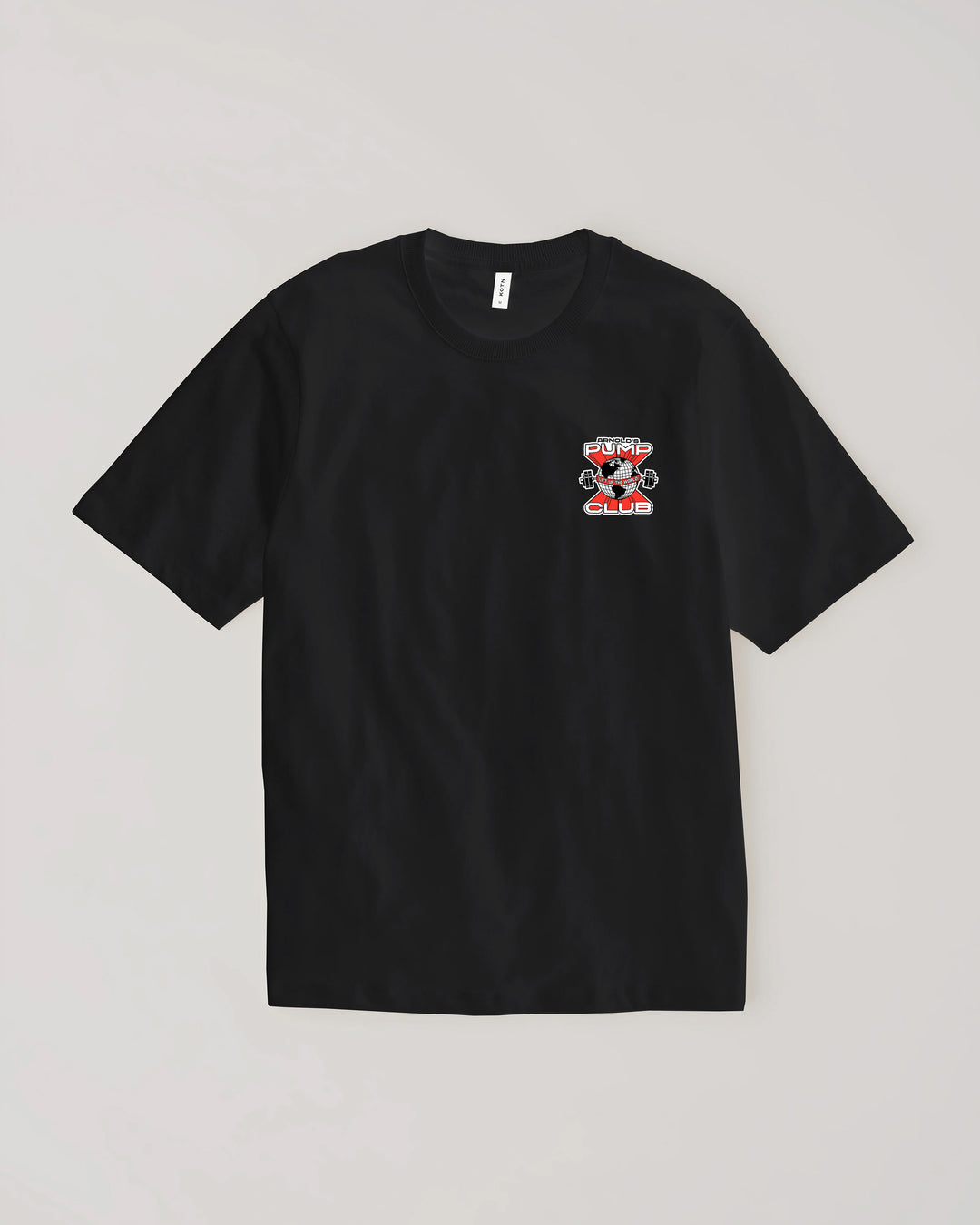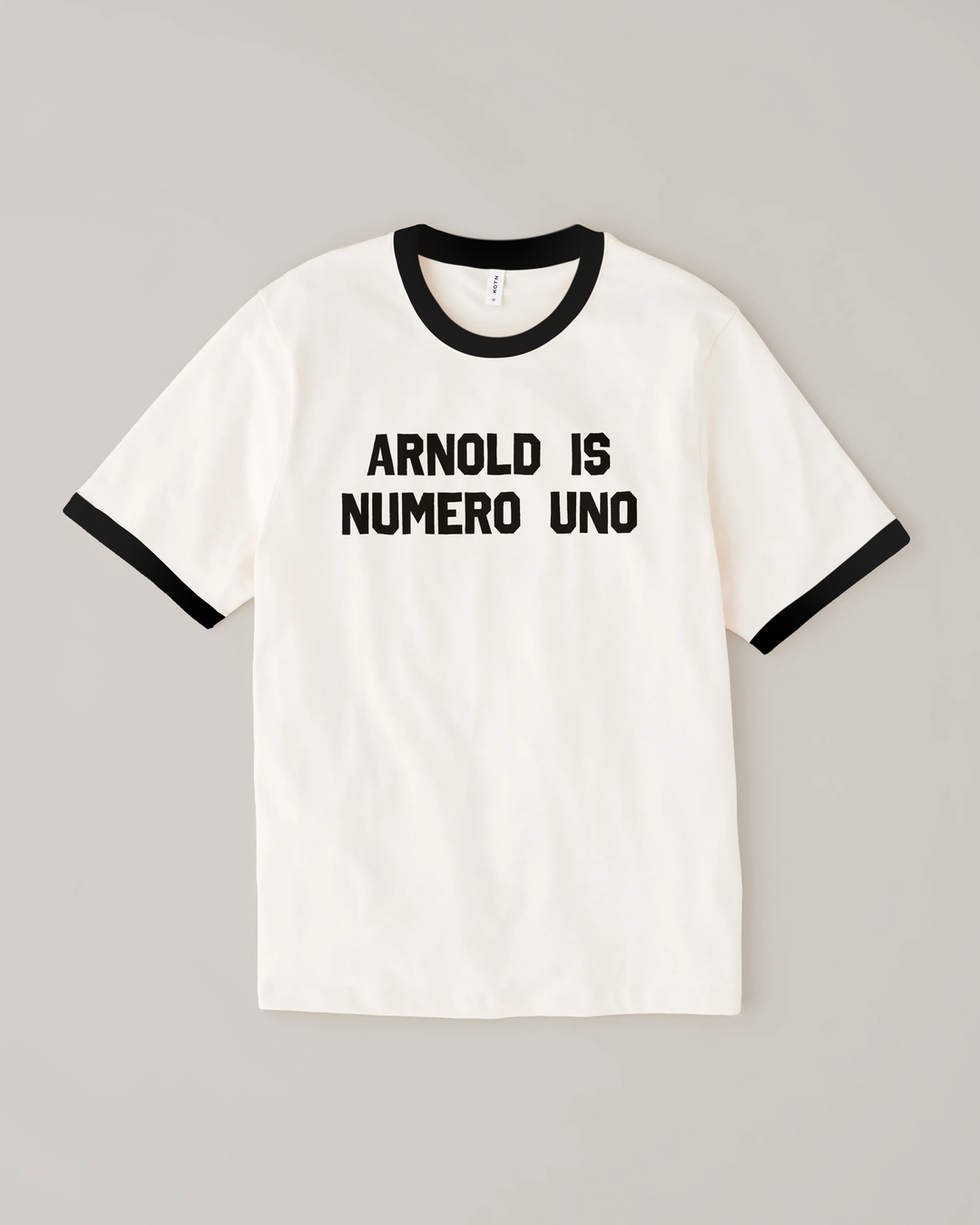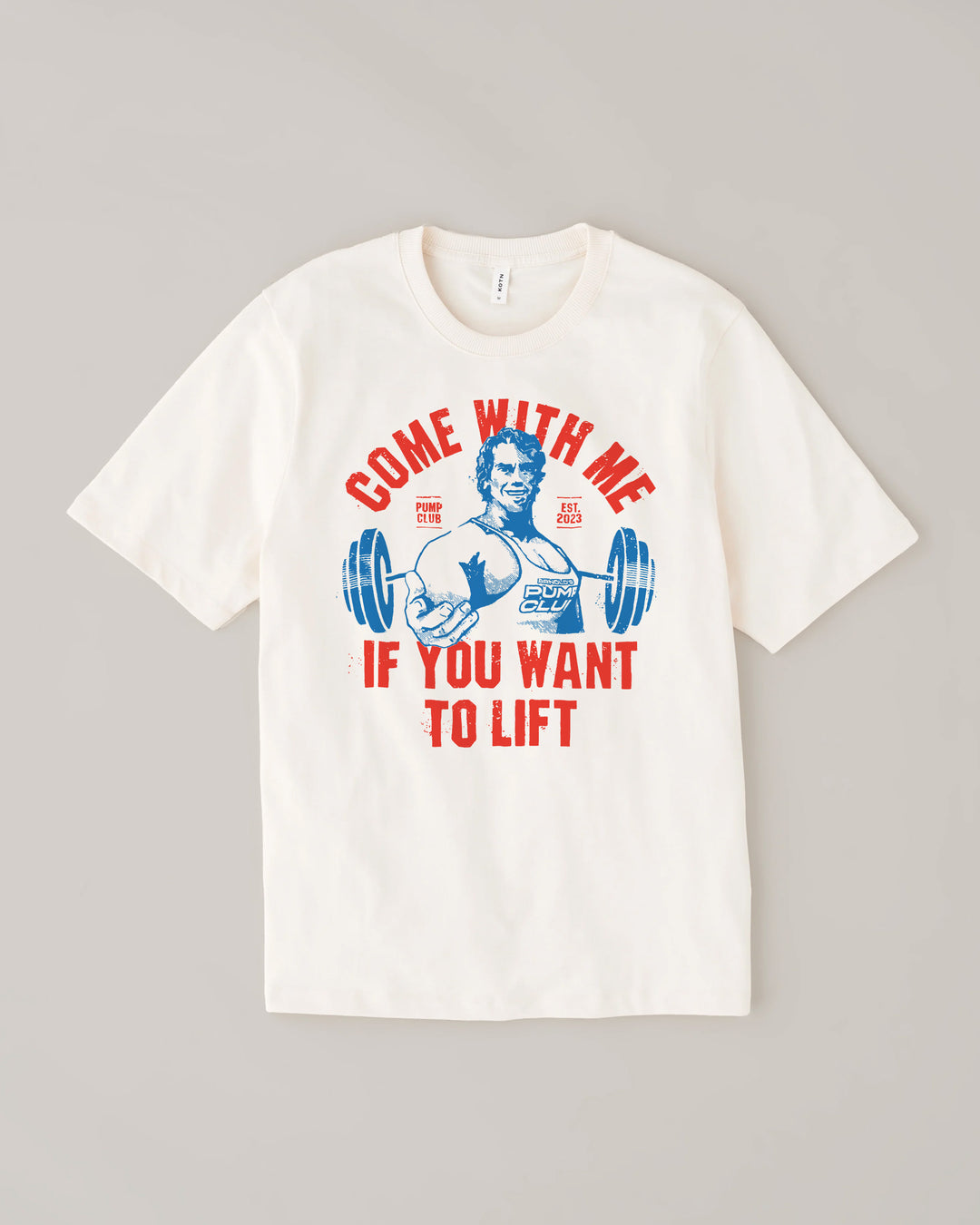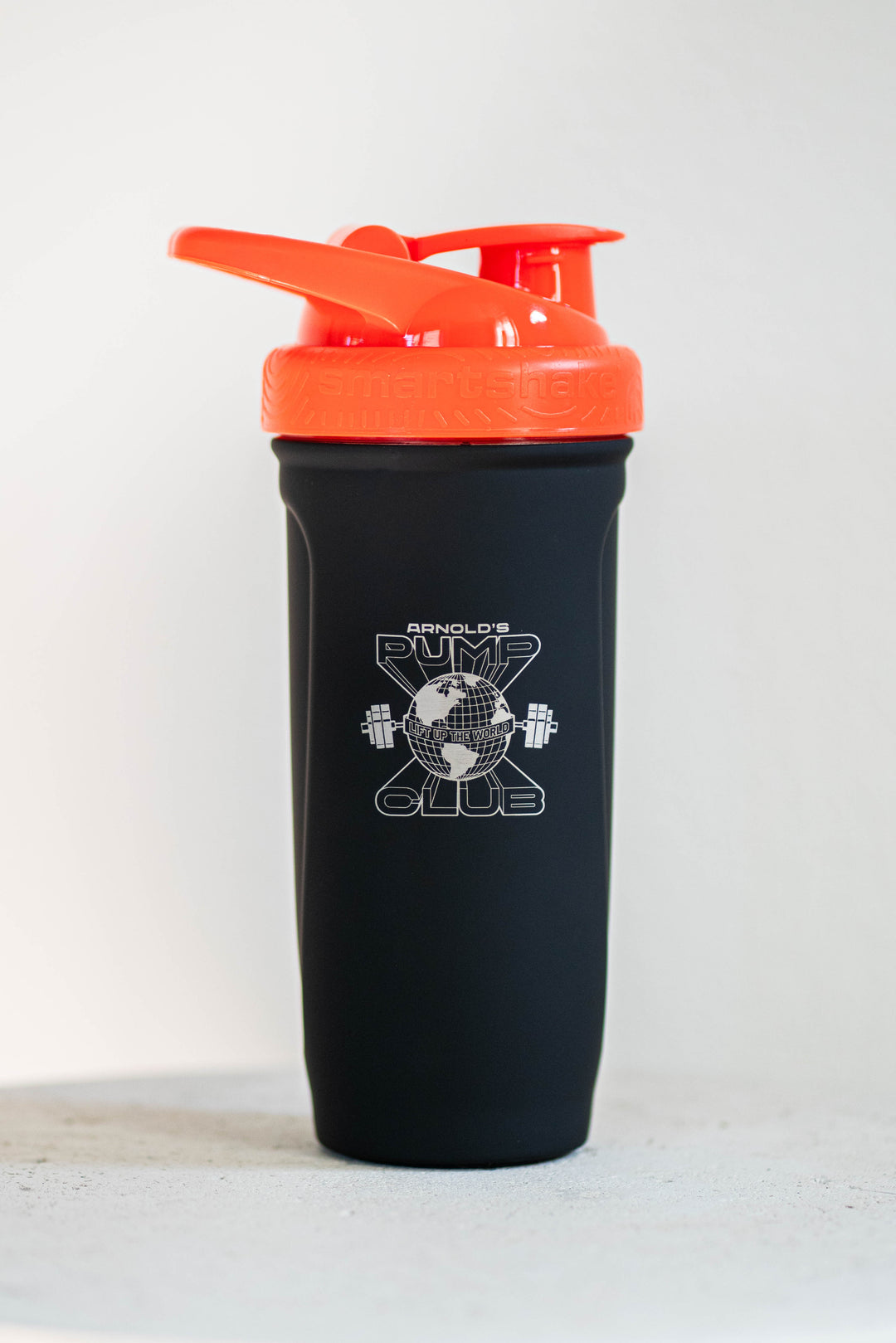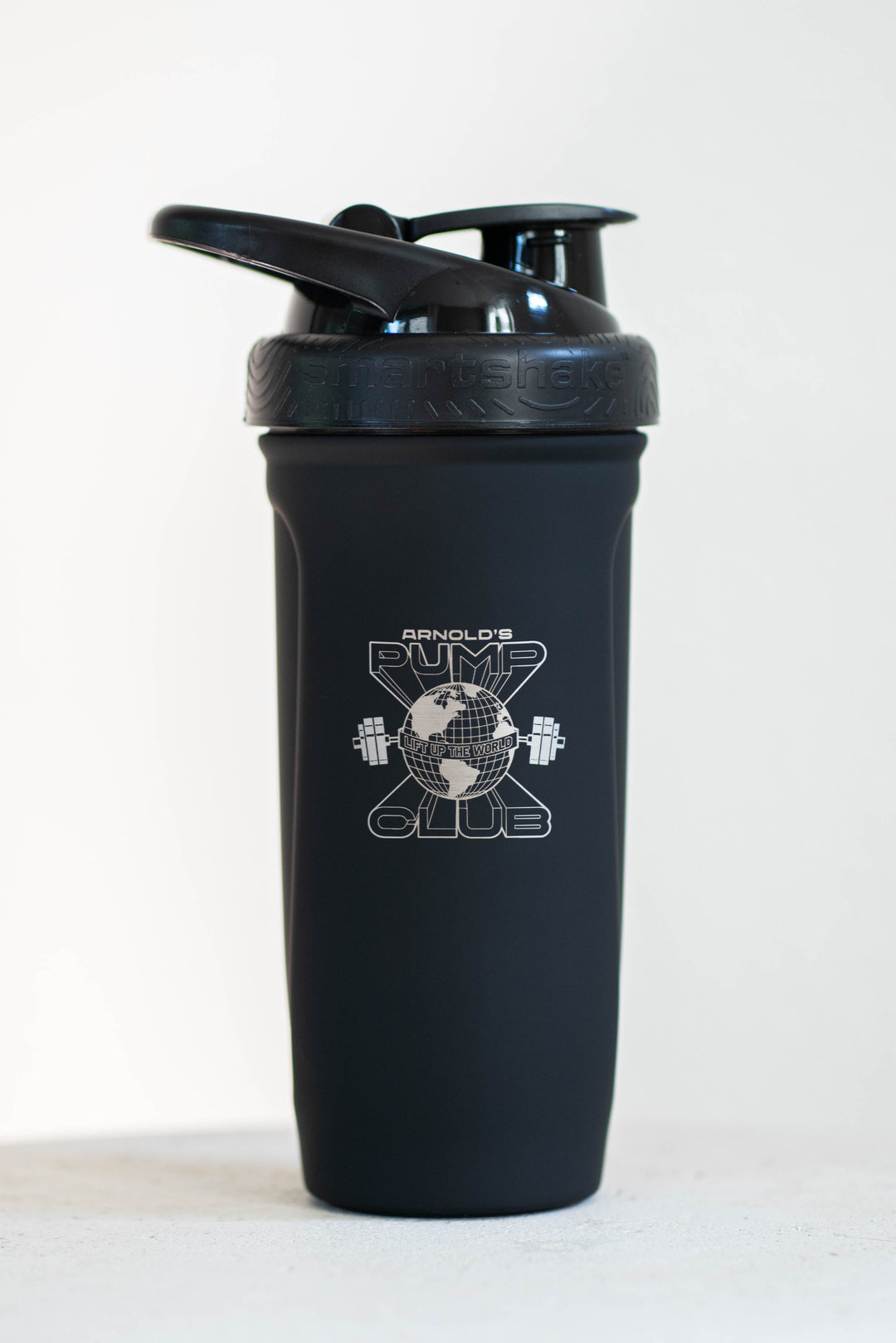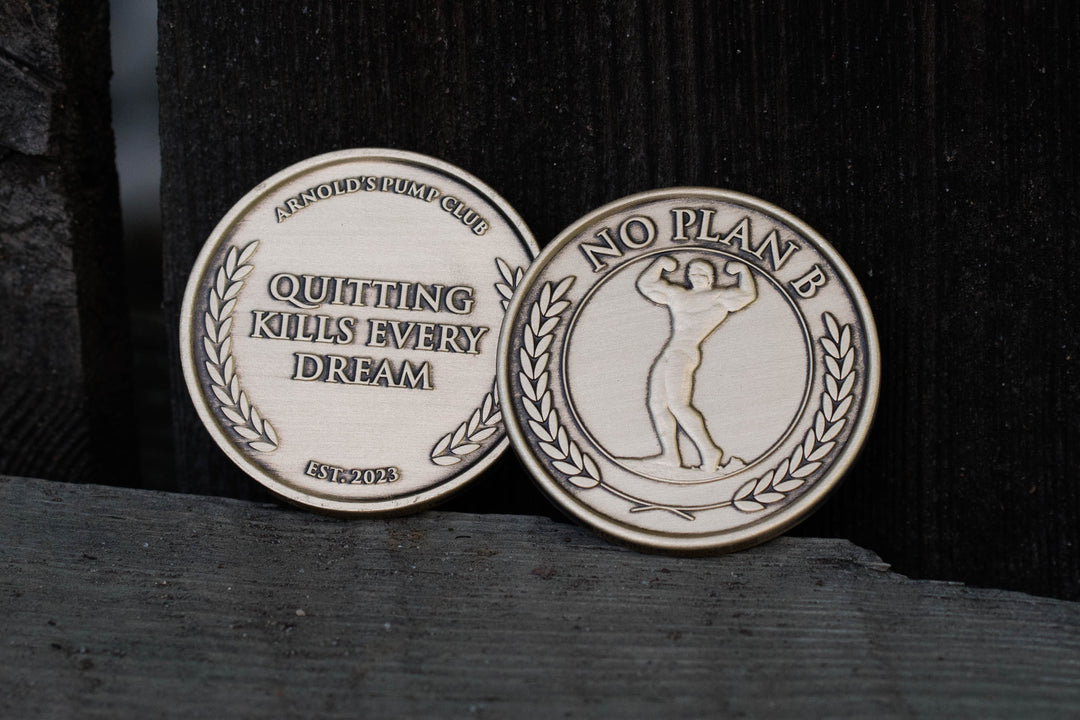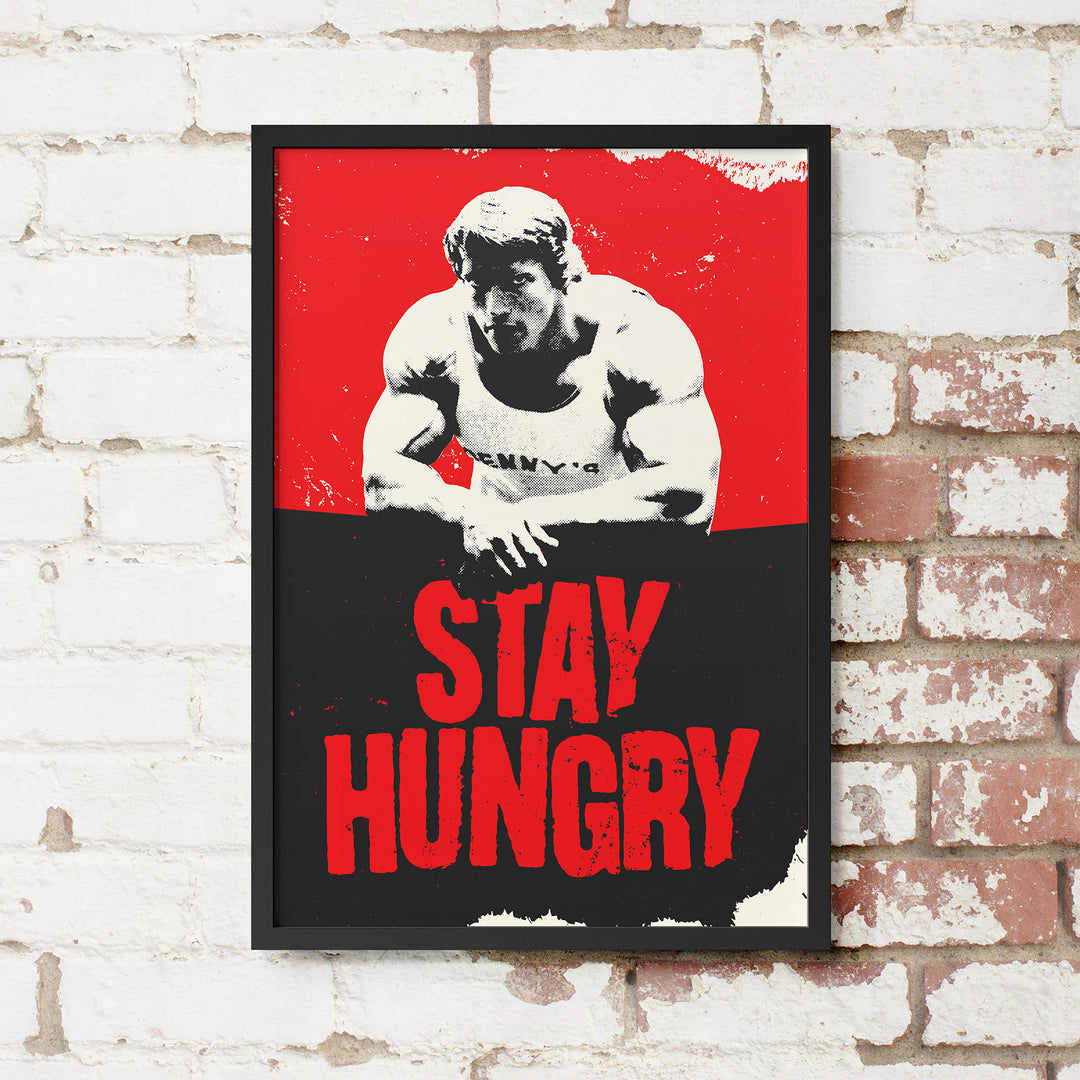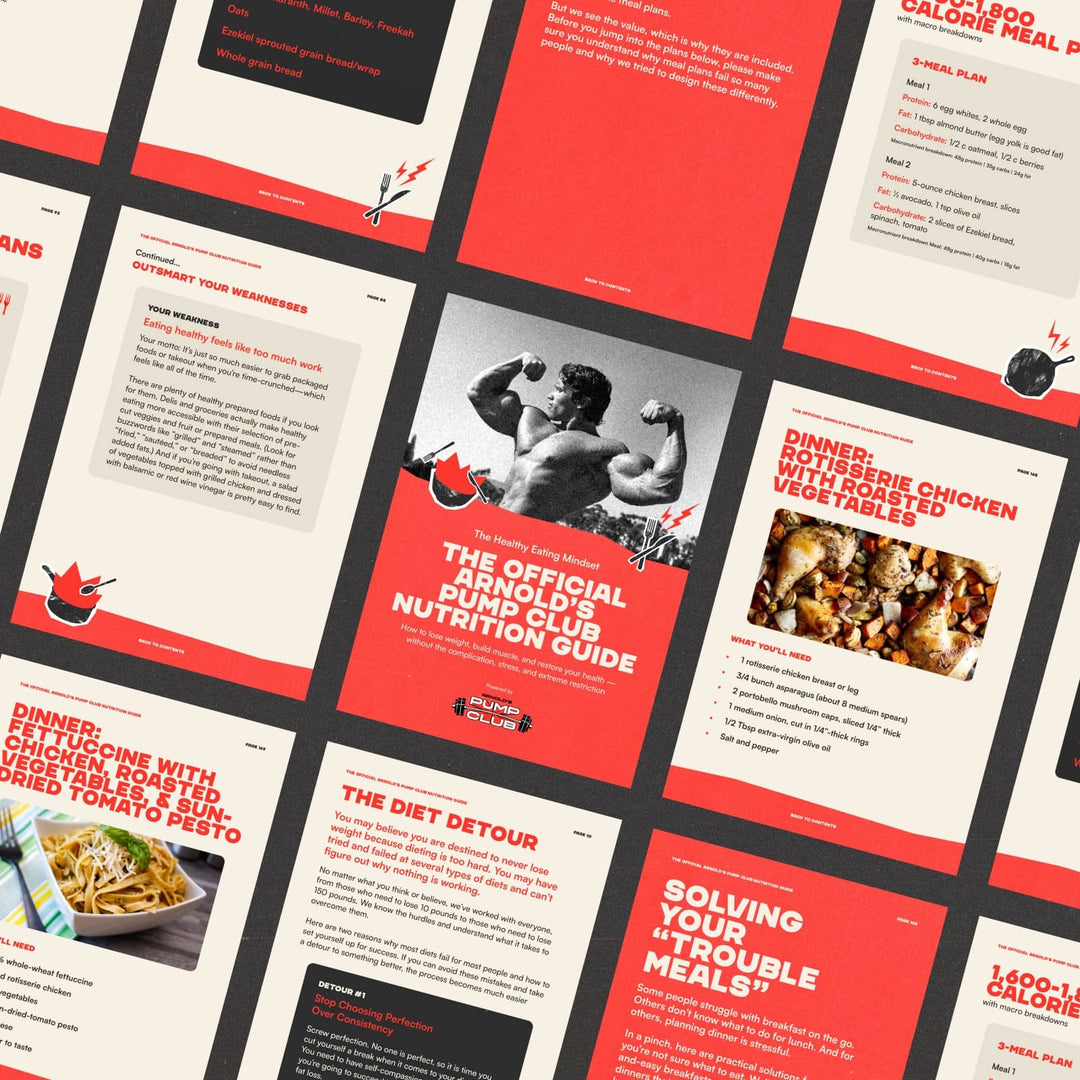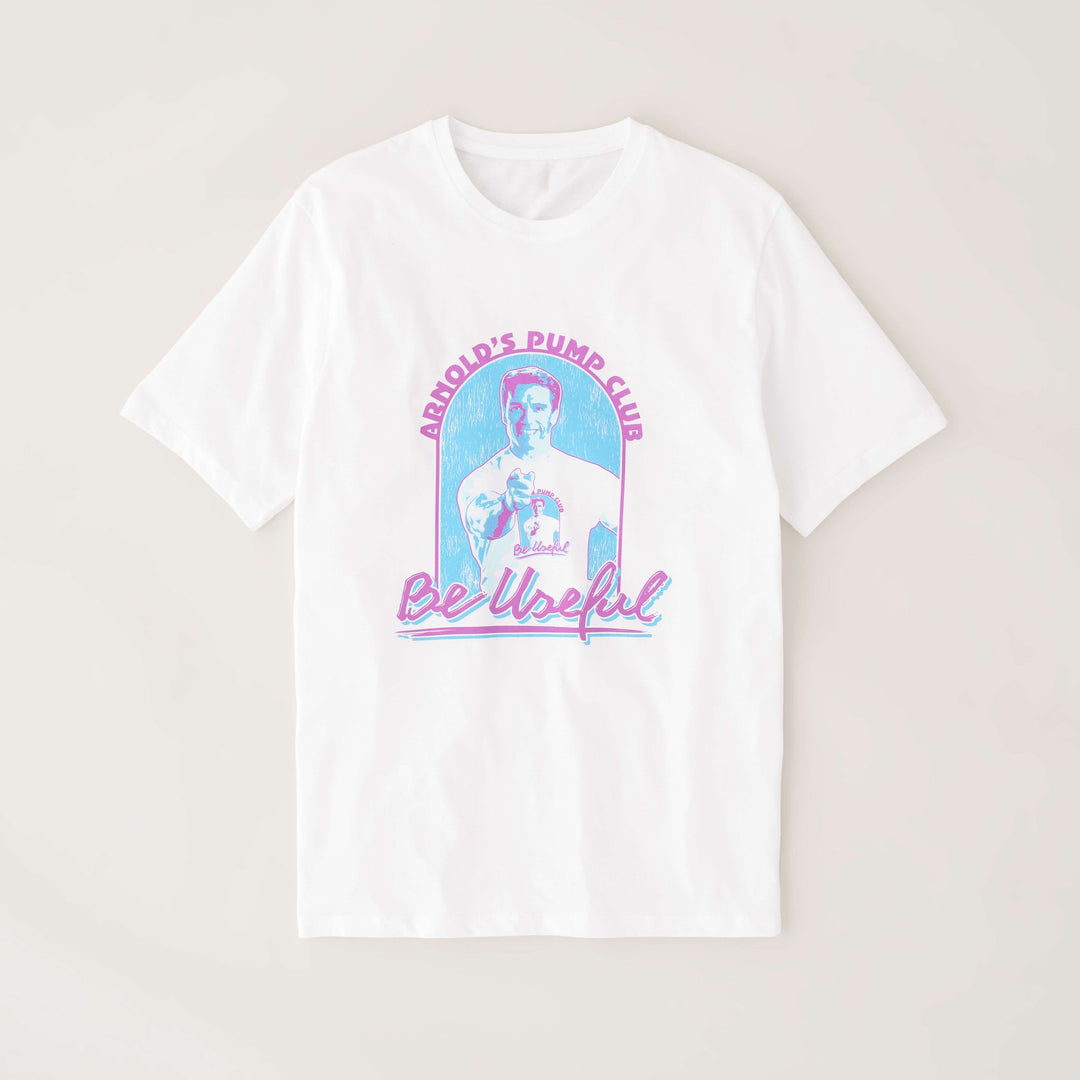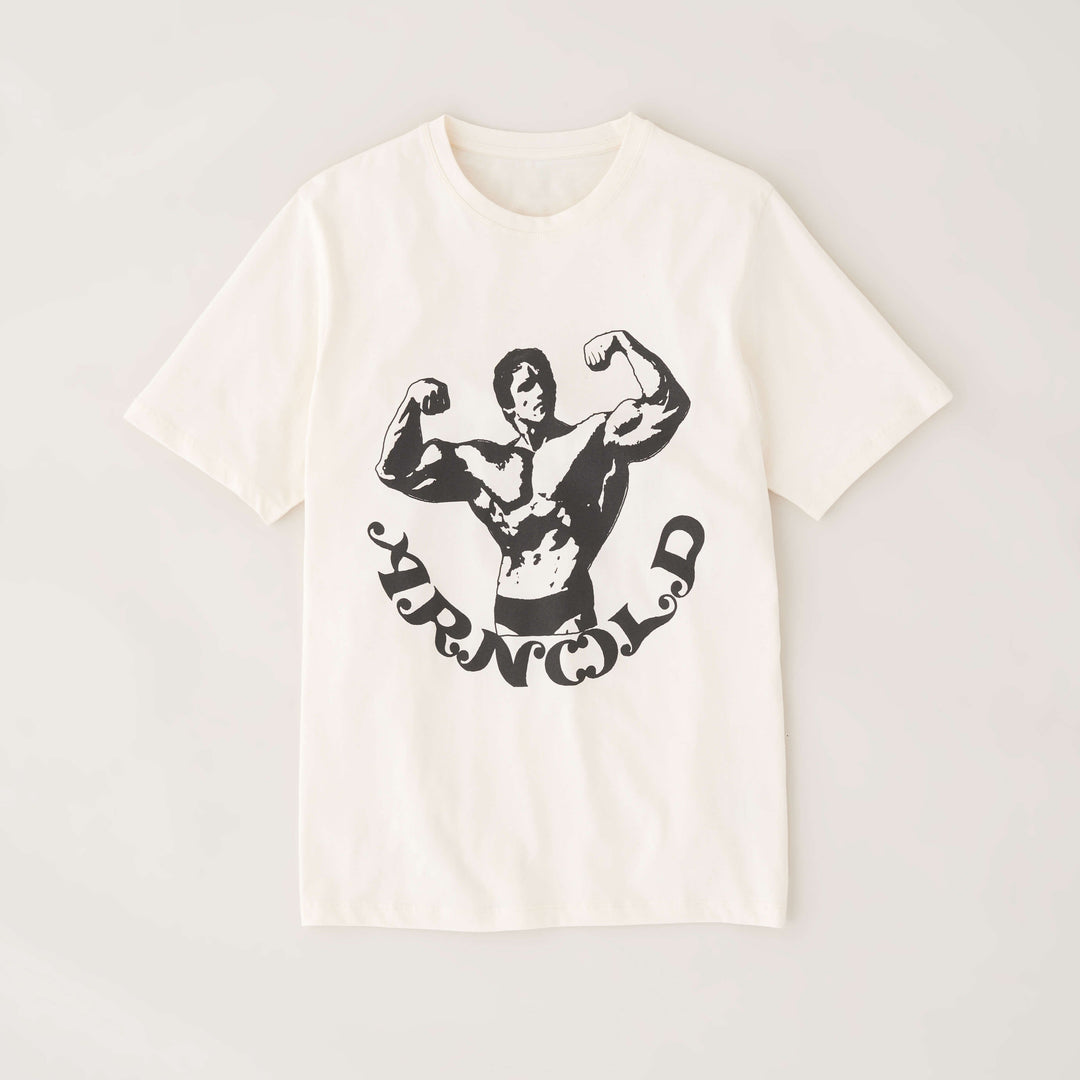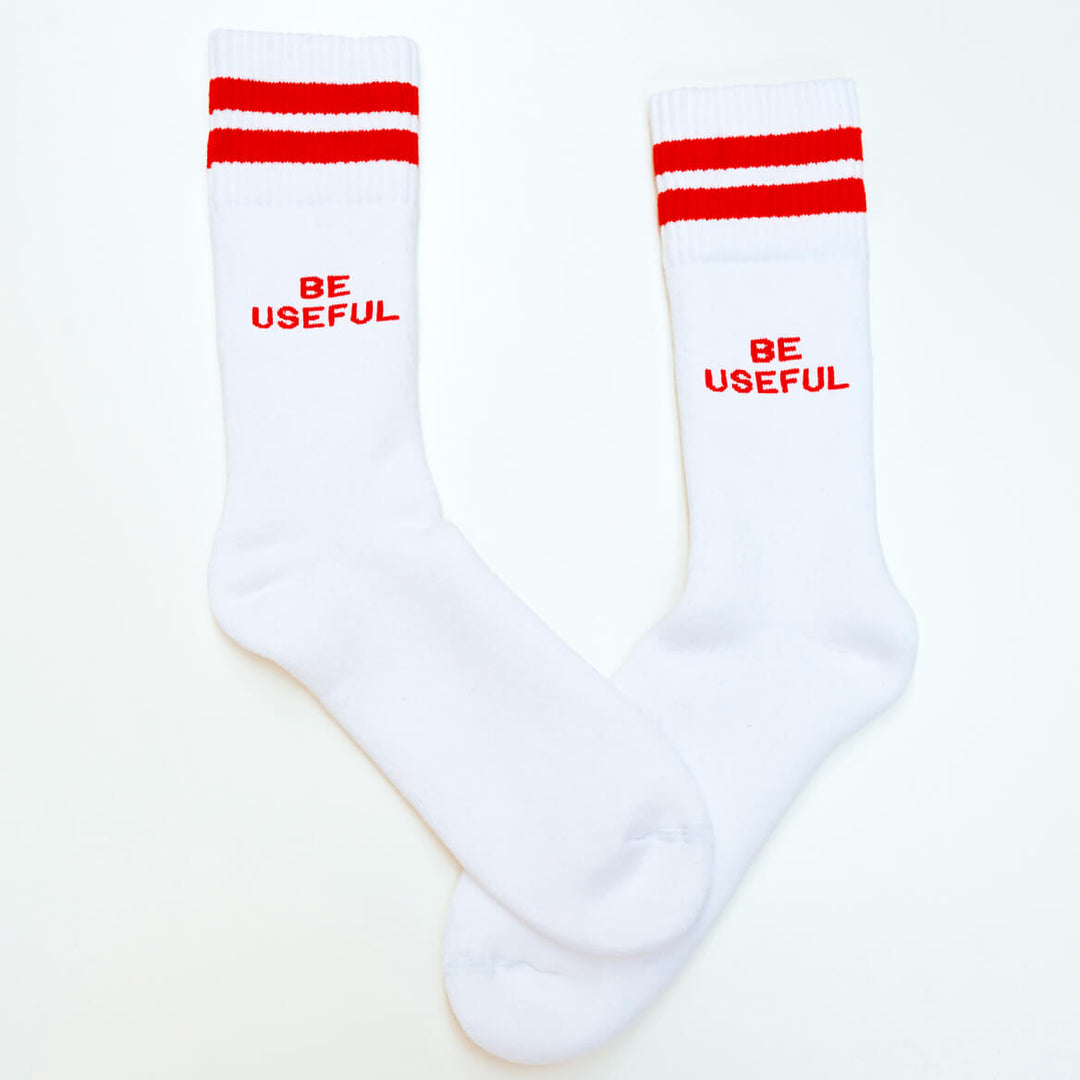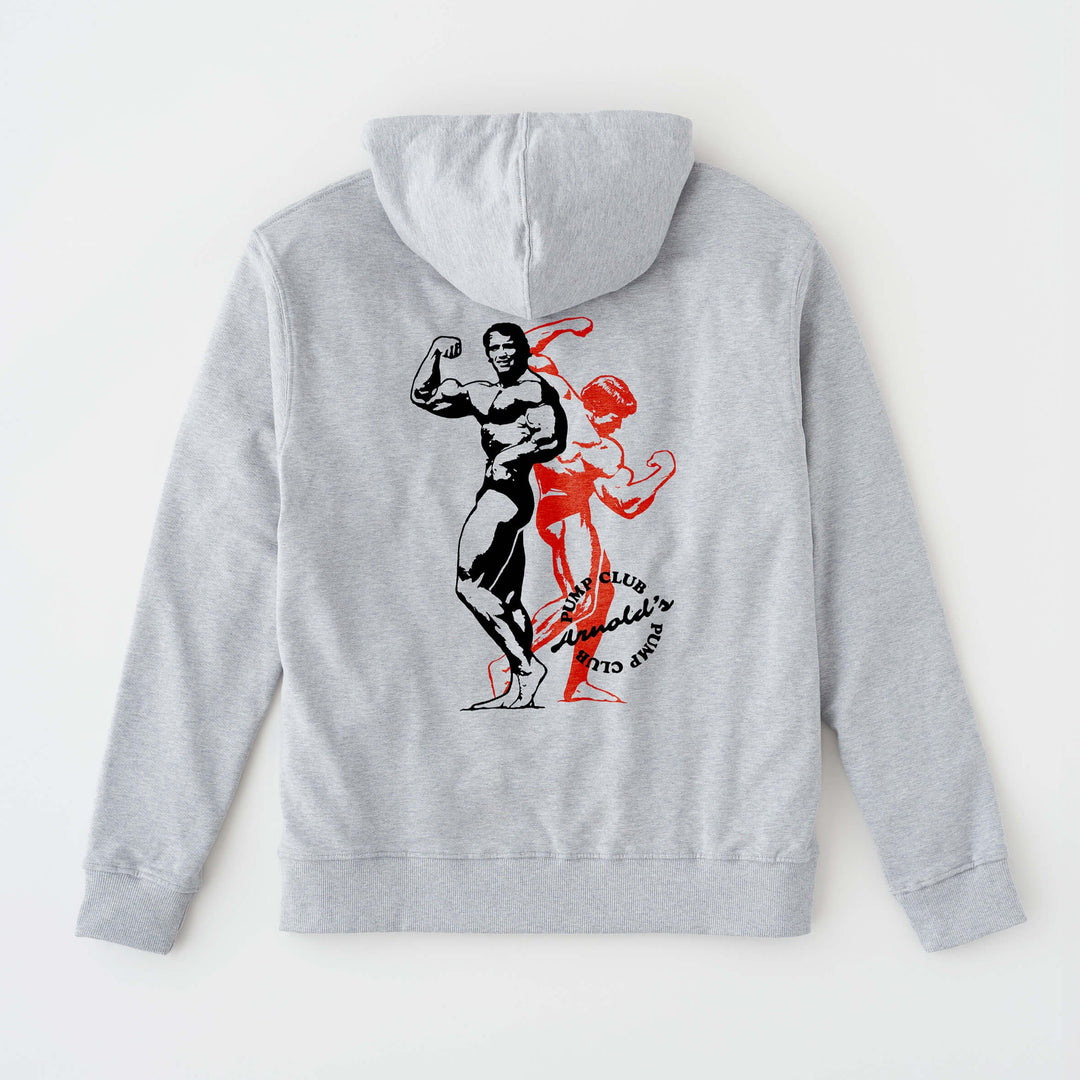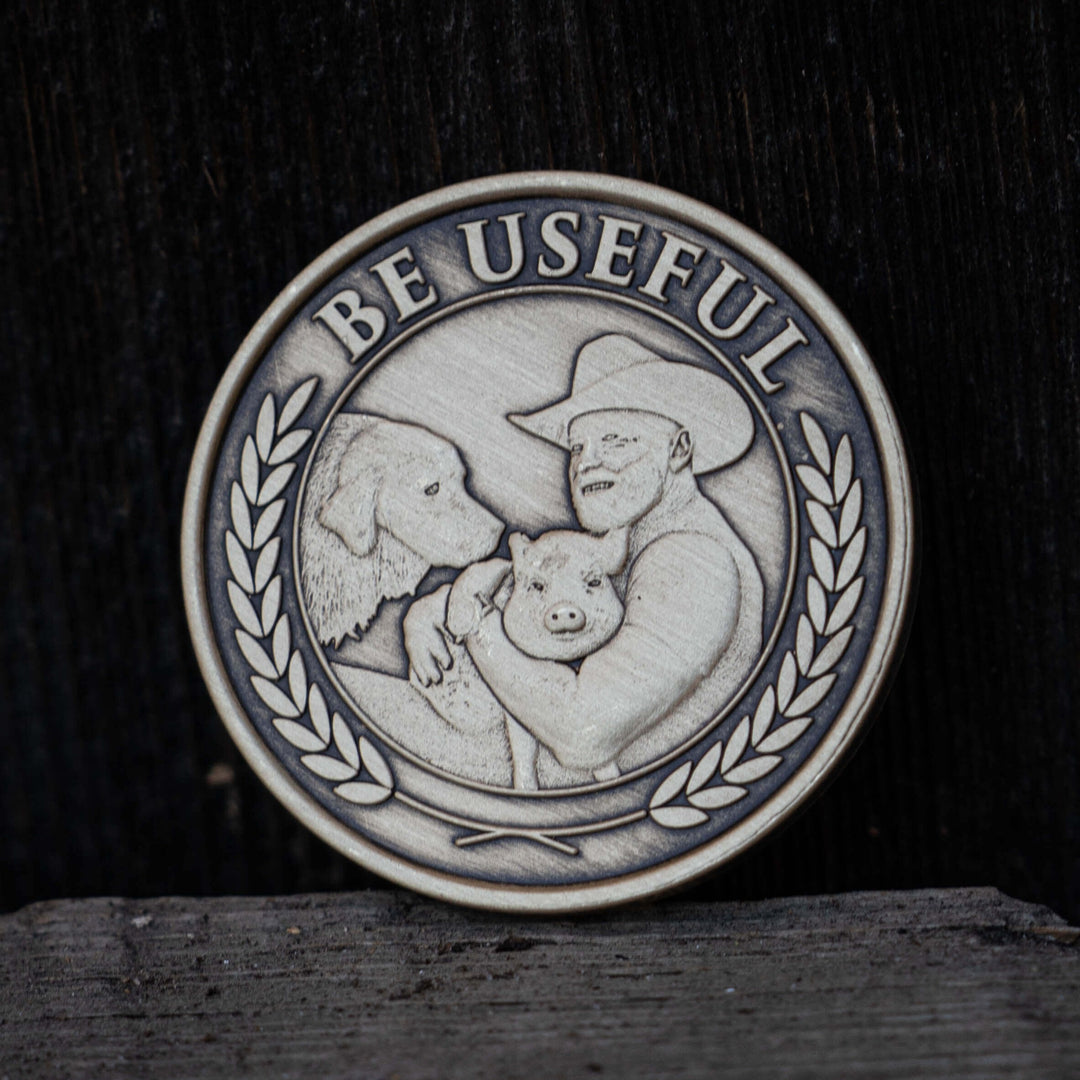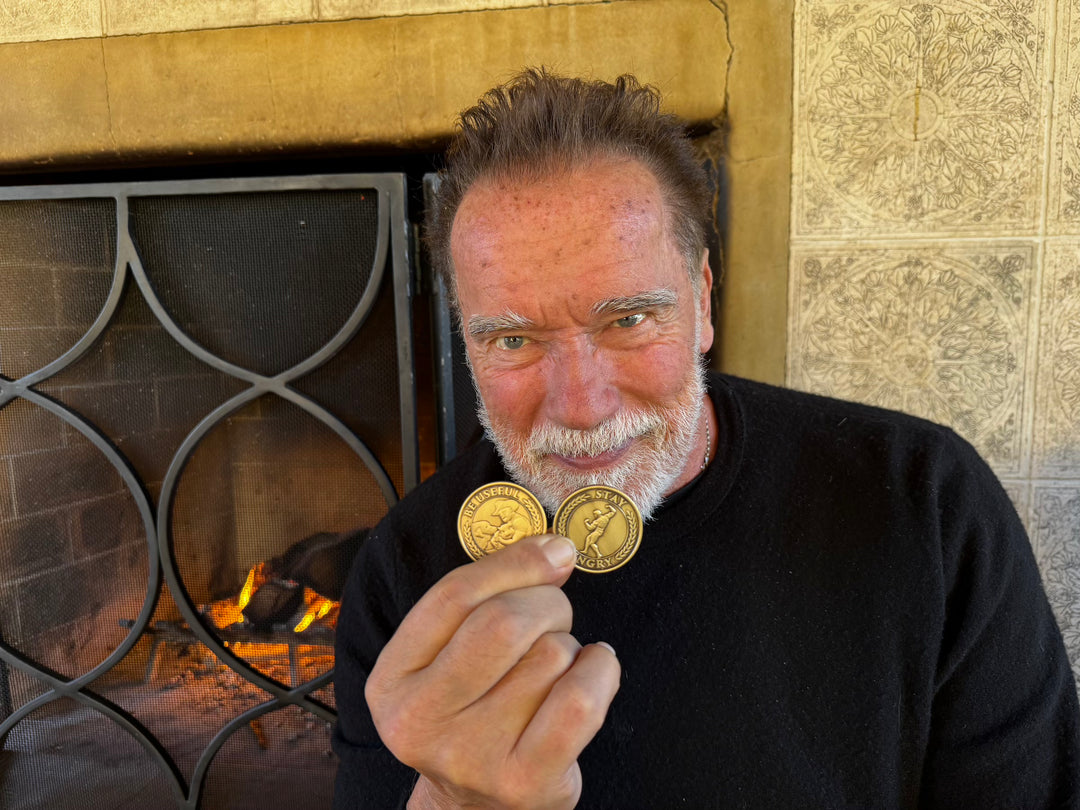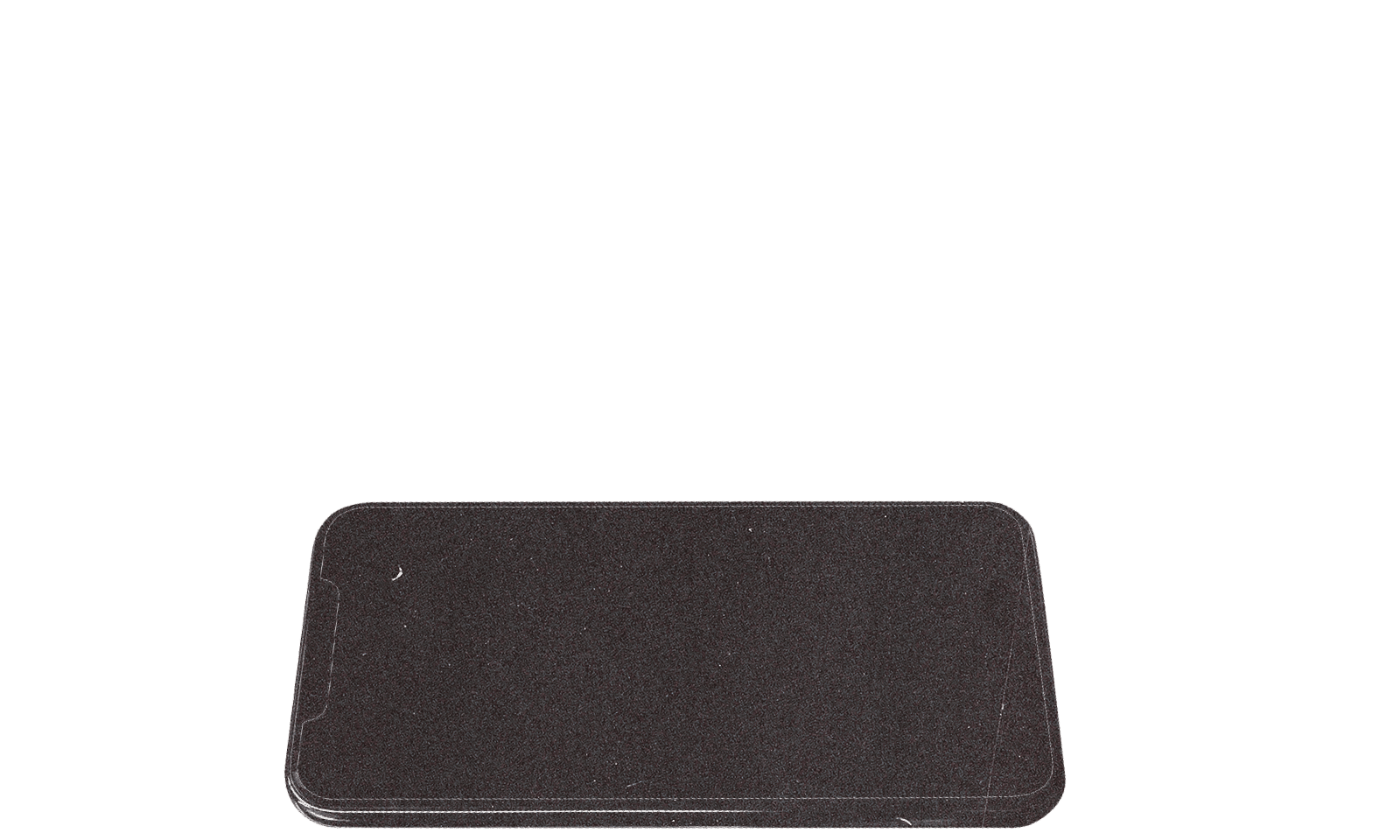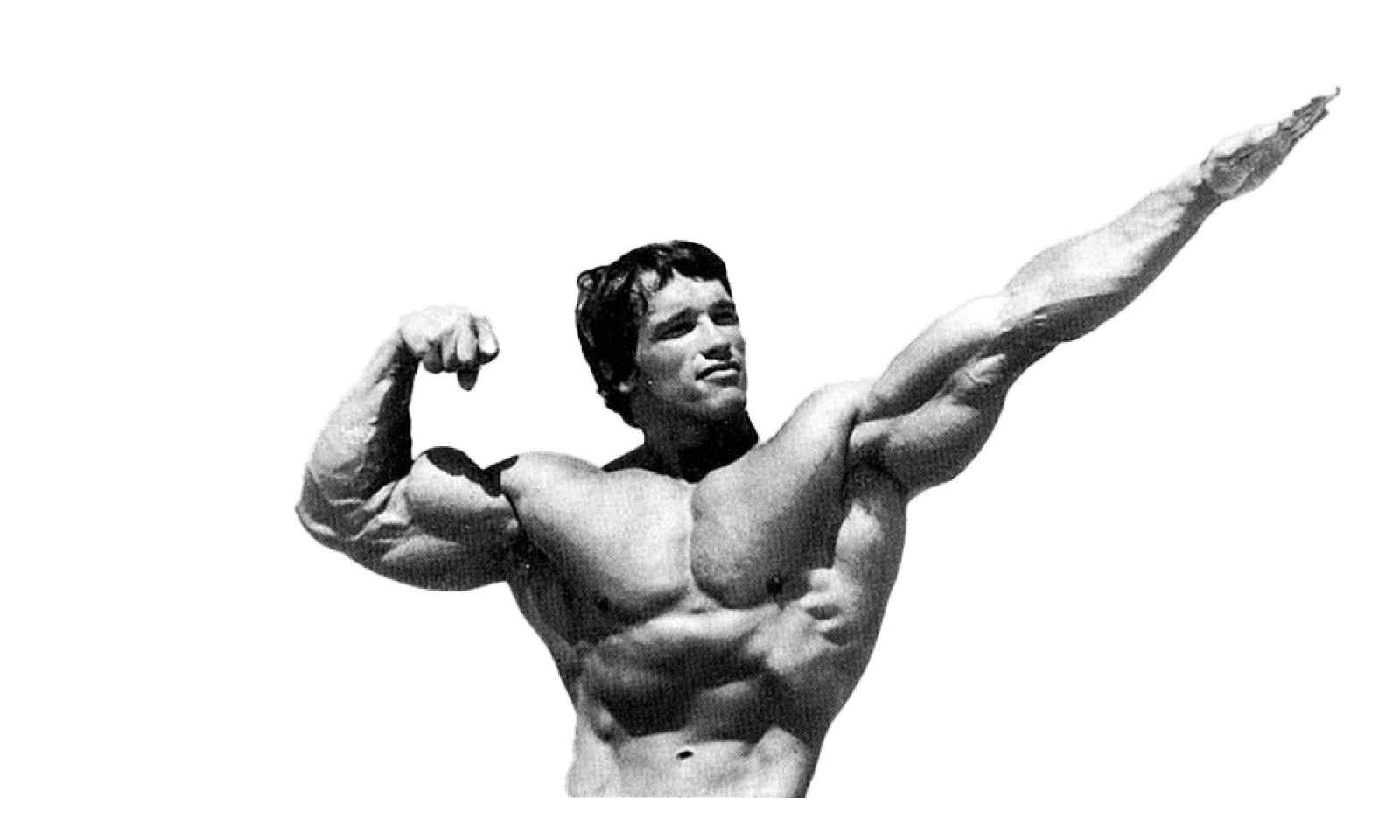Welcome to the positive corner of the internet. Every weekday, we make sense of the confusing world of wellness by analyzing the headlines, simplifying the latest research, and offering quick tips designed to make you healthier in less than 5 minutes. If you were forwarded this message, you can get the free daily email here.
Today’s Health Upgrade
Does your running routine need a fix?
It’s time to pay attention to potassium
A training upgrade
The illusion of optimization
Arnold’s Podcast
Want more stories from Arnold? Every day, Arnold’s Pump Club Podcast opens with a story, perspective, and wisdom from Arnold that you won’t find in the newsletter. And, you’ll hear a recap of the day’s items. You can subscribe on Apple, Spotify, Google, or wherever you listen to podcasts.
Fitness
Is Your Pre-Run Stretch Slowing You Down?
Most runners lean on the same warm-up: a few toe touches, maybe a quad stretch, and then off they go. It’s a routine passed down like running shoes—comfortable, familiar, and outdated.
Static stretching—the kind where you hold a stretch for 30 to 60 seconds—doesn’t improve your performance. But dynamic stretching does.
In a new study, researchers put runners through three different warm-up routines before testing their endurance and running efficiency: (1) a run-only warm-up, (2) running plus static stretching, and (3) running plus dynamic stretching. Each stretch, static or dynamic, lasted 60 seconds per leg.
Dynamic stretching led to better running economy, meaning runners used less energy at the same pace. It also significantly improved time to exhaustion, resulting in runners lasting longer and covering more distance.
Maybe most interesting: perceived exertion didn’t change. The run felt just as hard, but performance improved only when runners did dynamic stretching.
The scientists believe dynamic moves like leg swings, high knees, and butt kicks activate muscles, increase core temperature, and improve neuromuscular coordination.
If your warm-up looks like something from gym class in the ‘90s, it’s time to upgrade. Swap those long holds for controlled, movement-based stretches that prep your body to move.
Health
Why You Might Need More Potassium
Most heart-healthy advice focuses on cutting salt. But new research suggests you might overlook another opportunity to protect your heart.
Scientists found that increasing potassium intake lowered blood pressure up to three times more than cutting sodium intake.
In the study, researchers simulated how changes in sodium and potassium intake affected blood pressure in men and women. Doubling potassium intake, without changing sodium, lowered blood pressure by 7–10 mmHg in men and 5–10 mmHg in women.
Even when sodium intake doubled, increasing potassium led to meaningful blood pressure drops. In other words, while lowering sodium still matters (especially if you have high blood pressure), boosting potassium can also support better heart health.
Potassium helps relax blood vessel walls and encourages the body to excrete more sodium, which reduces blood pressure.
As with all recommendations, it’s best to check with your doctor first. If you want to add potassium-rich foods to your diet, consider bananas, sweet potatoes, spinach, avocados, beans, and yogurt.
Together With NoBull
One Change That Makes Every Rep Stronger
Most people train in the wrong shoes. Running shoes. Crossovers. Stylish sneakers that look good but collapse under pressure.
A thick, cushioned heel might be great for your morning jog, but it’s a disaster for your deadlift. When you’re resistance training, stability is the name of the game.
Training shoes are a different breed. They need to be flat, stable, and built like armor for your feet. When you’re squatting, lunging, or pushing serious weight, a compressible sole or unstable heel is the fastest way to leak power—or get hurt.
After two years of testing nearly every gym shoe on the market, we found the one that does the job right: The Outwork by NOBULL.
It’s designed to work, not just look the part. The shoe has a stable sole, so your foot is closer to the ground to keep you rooted under load. It features a wide toe box, allowing your toes to spread and support balance, just as nature intended.
Our favorite part: A circular tread outsole that locks in your footing during any lift or lateral move.
And, because life is messy, the shoe’s breathable construction stands up to whatever you throw at it. NOBULL isn’t about flash. It’s about function. It’s made for people who show up, put in the reps, and outwork yesterday.
If you train hard, this is the shoe that works just as hard. Right now, as an APC reader, you can get $50 OFF your first pair of NOBULL shoes.
Made to work and built to last. Get your first pair of Outwork shoes for just $99 with code FIRST50.
Adam’s Corner
The Illusion of Optimization
The first time I counted my macros, I think I lasted six hours.
I was 18 years old, and I was bitten by the nutrition bug. I didn’t just want to go deep on being healthier. I wanted to be perfect.
Back then, there weren’t apps. Just online tools that sometimes feel laughable by today’s standards. But I used those tools, studied every label, and weighed out my oats like a scientist trying to cure a disease.
By lunch, I was stressed and not tracking everything. By dinner, I doubted whether the banana I added to my protein shake needed to be logged in grams or slices. By 9 p.m., I was elbow-deep in a jar of peanut butter and wondering exactly what time I had to wake up at night to drink a protein shake and prevent catabolism.
This might sound like satire, but it was my life. And I was convinced this extreme level of obsession and anxiety-driven “optimization” was the necessary path to better health, more muscle, and less fat.
Precision. Perfection. Pressure.
But the harder I tried to get it all “right,” the more I lost sight of the point.
I wasn’t trying to become a bodybuilder where the margin of error is ever-so-slight, and a difference in biceps symmetry — indistinguishable to the casual observer — is the difference between winning and losing.
I was trying to become healthier and fitter. Okay, maybe I was trying to look good naked, too. But I had no delusions about my goals. However, I was delusional about how many details I had to master to achieve them.
The Disconnect Between Health And Hacking
I meet many people who are trying to improve their health. Most of them don’t fail because they’re lazy or lack discipline. They fail because they’re overwhelmed.
I won’t completely slam “biohacking,” because I know it has helped some people. I’m a bottom-line guy: if something helps you, even if I don’t believe in it, then it did the job of helping you.
But biohacking also specializes in fear, anxiety, and confusing mechanisms for proven outcomes. But maybe more than anything, it causes a lot of unnecessary overthinking. It makes you stress every damn decision, and uses complication as a way to feign effectiveness.
They’re majoring in the minor.
Even people who don’t “hack their health” are getting caught up in minor details that create unnecessary inaction.
Should I do fasted cardio or eat first?
Do I need eight hours of sleep, or can I get by on seven?
Is oat milk inflammatory?
How many reps are optimal for hypertrophy?
It’s not that these questions don’t matter at all. It’s that getting it just right is not what prevents you from seeing the results you desire.
Most people get stuck trying to build the perfect plan instead of building the habit of showing up, pushing hard, staying the course in the face of doubt, remaining patient, and never quitting.
We overthink because we care. We want to do things the right way, the best way, the efficient way.
However, overcomplication is a clever form of resistance that creates overthinking. It feels like work, like progress, but it’s usually procrastination in disguise. It also takes a lot of energy to produce an output that underwhelms.
When you’re carrying the weight of trying to optimize everything, you stop moving. You doubt your decisions. You hesitate. And in the hesitation, you lose momentum.
It’s like standing at the edge of a pool debating the best angle to dive in, while everyone else is already doing laps.
So, what should you focus on?
Ask yourself: What’s the big thing I’m trying to do?
If your goal is to get stronger, then the most important thing is to show up and train at least 2 to 3 times per week and add a little more weight each workout. It’s not choosing between 4 sets of 8 or 5 sets of 5. It's about progression. If you’re not lifting more, then something is wrong. Strength is easy to measure. You either see it or you don’t.
If your goal is fat loss, then consistency with meals, portion control, and managing hunger will move the needle more than wondering if your post-workout snack should be whey or casein. Many diets work. So stop looking for the perfect one.
To measure change, look for the little signs — your clothes start to fit differently, you look different, or the scale shifts. If what you’re doing isn’t working, don’t dramatically shift to something ultra-restrictive. As Arnold says, “turn down the dial.” Cut one serving of carbs or fats. Reduce the amount of oil you cook with. Cut out sugary beverages. These things make a real difference.
If your goal is better health, then drinking more water, walking daily, managing stress, having sex, connecting with friends, and getting decent sleep will serve you better than chasing the best probiotic strain, going days without eating, and taking out a loan for a consult with a longevity guru.
Don’t confuse detail with depth.
Instead of chasing perfection, ask what’s getting in the way of consistency.
Is it decision fatigue at night that leads to overeating?
A workout that’s too complex, so you skip it altogether?
A nutrition plan that requires spreadsheets and measuring cups?
Simplify. Shrink the task. Choose the next obvious step, and do that.
Because no amount of health knowledge matters if it doesn’t lead to consistent action.
Your health doesn’t require precision. It requires permission—permission not to have all the answers before you begin.
So please stop trying to get it all right.
You don’t need to earn your progress through struggle. You earn it by showing up again tomorrow. Let that be enough.
And if you’re still stuck, ask yourself: What’s one thing I can do today that’s easier than what I’ve been trying?
Start there. Keep going and check in on progress, all the while being honest about whether it’s sustainable and repeatable.
It isn’t flashy, but it sure is effective. And that’s all that matters. -AB
If you want to start hacking and start being healthier, check out the positive corner of the internet. The Pump is your co-pilot for your health and fitness journey. And it’s 20% for life for all APC readers, including a 7-day free trial.
—
Publisher: Arnold Schwarzenegger
Editors-in-chief: Adam Bornstein and Daniel Ketchell




